The 1990s was the decade of the most dramatic and rapid transformation in Times Square’s history. The area was deliberately scrubbed of its seedy reputation and remade into a safe, family-friendly, and corporate-dominated tourist destination.
The Giuliani Era and the Quality-of-Life Campaign
The change was driven by the aggressive policies of Mayor Rudolph Giuliani, who took office in 1994. His administration launched a “quality-of-life” crackdown that targeted the district’s crime and adult entertainment industry. The New York City Police Department focused on shutting down the peep shows, pornographic theaters, and sex shops that had defined 42nd Street for decades.
New zoning laws were also enacted, which prohibited adult businesses from operating within 500 feet of schools, churches, or each other. This legal tool was used to effectively eliminate the concentration of the sex industry on “The Deuce,” forcing dozens of establishments to close their doors for good.
Read more
Disney Arrives on 42nd Street
The most significant symbol of the new Times Square was the arrival of The Walt Disney Company. In a landmark deal with the city and state, Disney agreed to restore the magnificent but derelict New Amsterdam Theatre. The company received low-interest loans and other financial incentives to anchor the redevelopment of 42nd Street.
In 1997, the theater reopened with the premiere of the blockbuster musical “The Lion King.” The show’s immense success proved that families would return to the area if they felt safe. This move, often called the “Disneyfication” of Times Square, encouraged other major corporations to invest in the district.
A Corporate and Commercial Boom
Following Disney’s lead, the old, gritty storefronts were rapidly replaced by massive, brand-name superstores and entertainment venues. The Virgin Megastore opened its flagship location, becoming a major hub for music and media. MTV established its popular television studio in the heart of the square, with its show “Total Request Live” (TRL) broadcasting daily over the crowds below.
Large, themed restaurants like the All-Star Cafe and Dave & Buster’s opened, catering specifically to tourists and families. At the same time, long-delayed real estate projects from the 1980s finally moved forward, and new hotels and corporate headquarters, such as the Condé Nast and Reuters buildings, began to rise.
The New Look of the Crossroads
The visual landscape of Times Square also changed completely. The old, flickering neon signs and rundown movie marquees were torn down. In their place, giant, state-of-the-art digital billboards and video screens were installed, creating a brighter, more polished, and overwhelmingly commercial atmosphere. By the end of the decade, the dangerous and derelict Times Square of the 1970s and 80s was gone, replaced by a sanitized and globally recognized center of corporate entertainment.


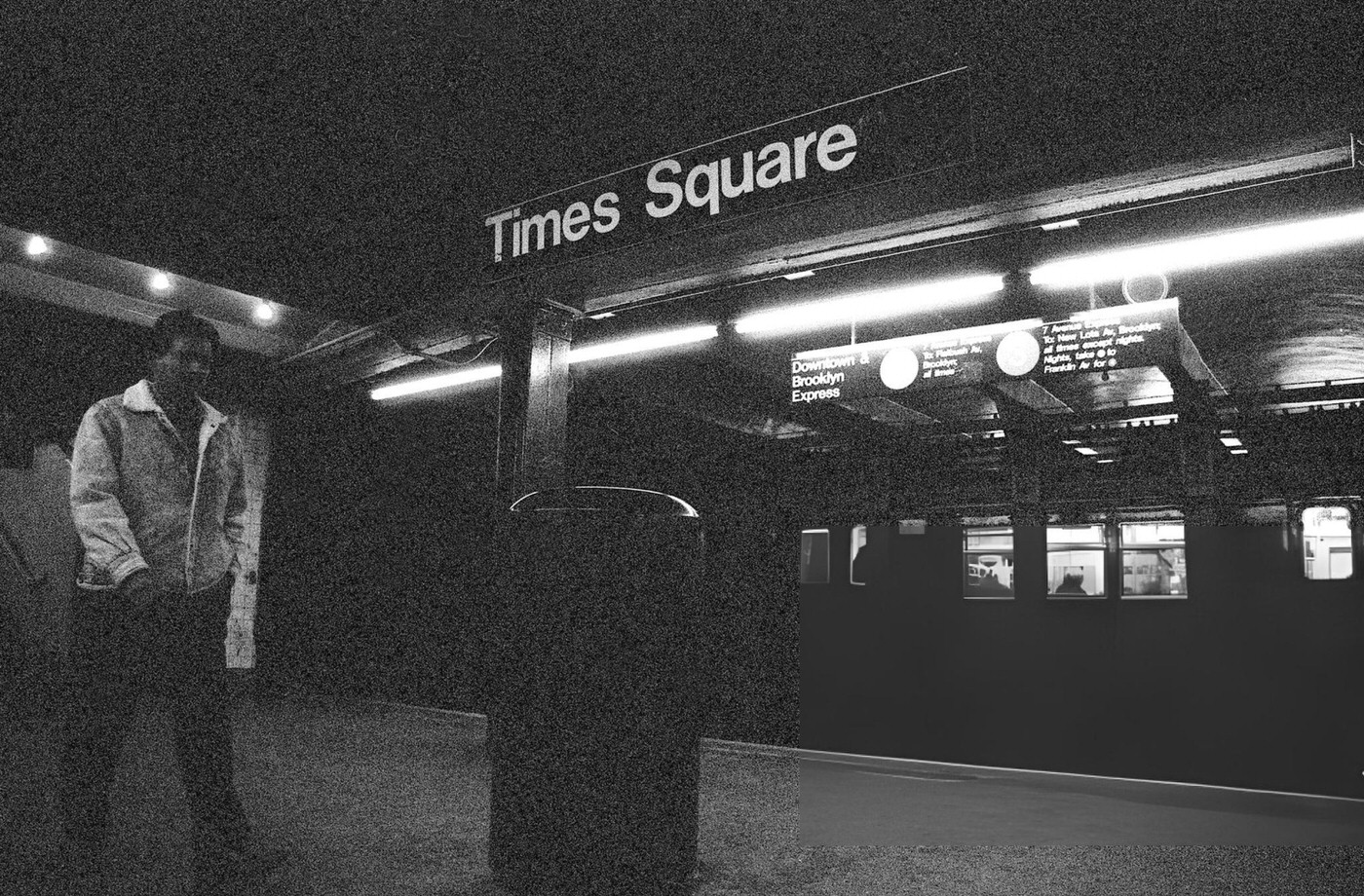

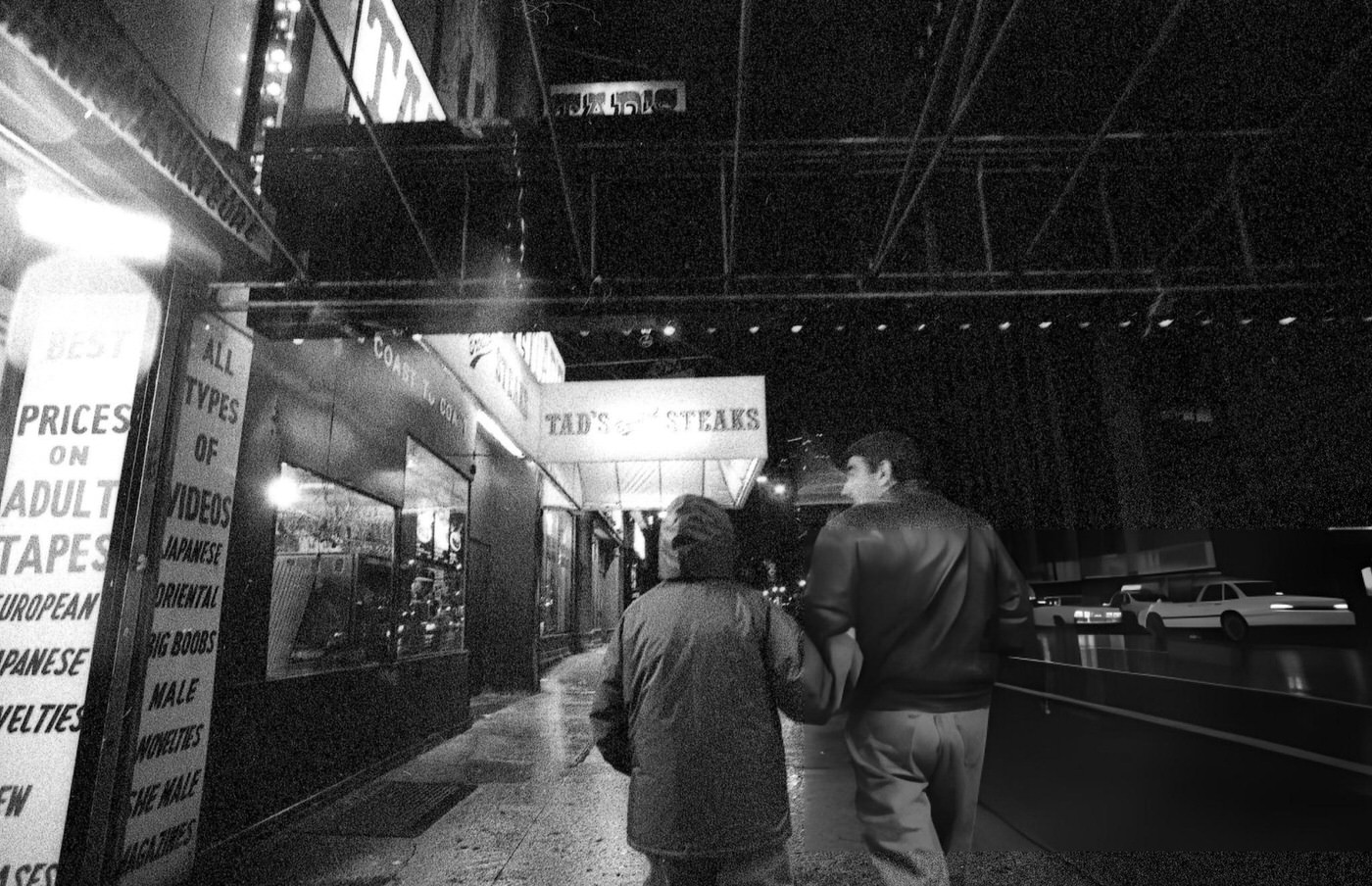
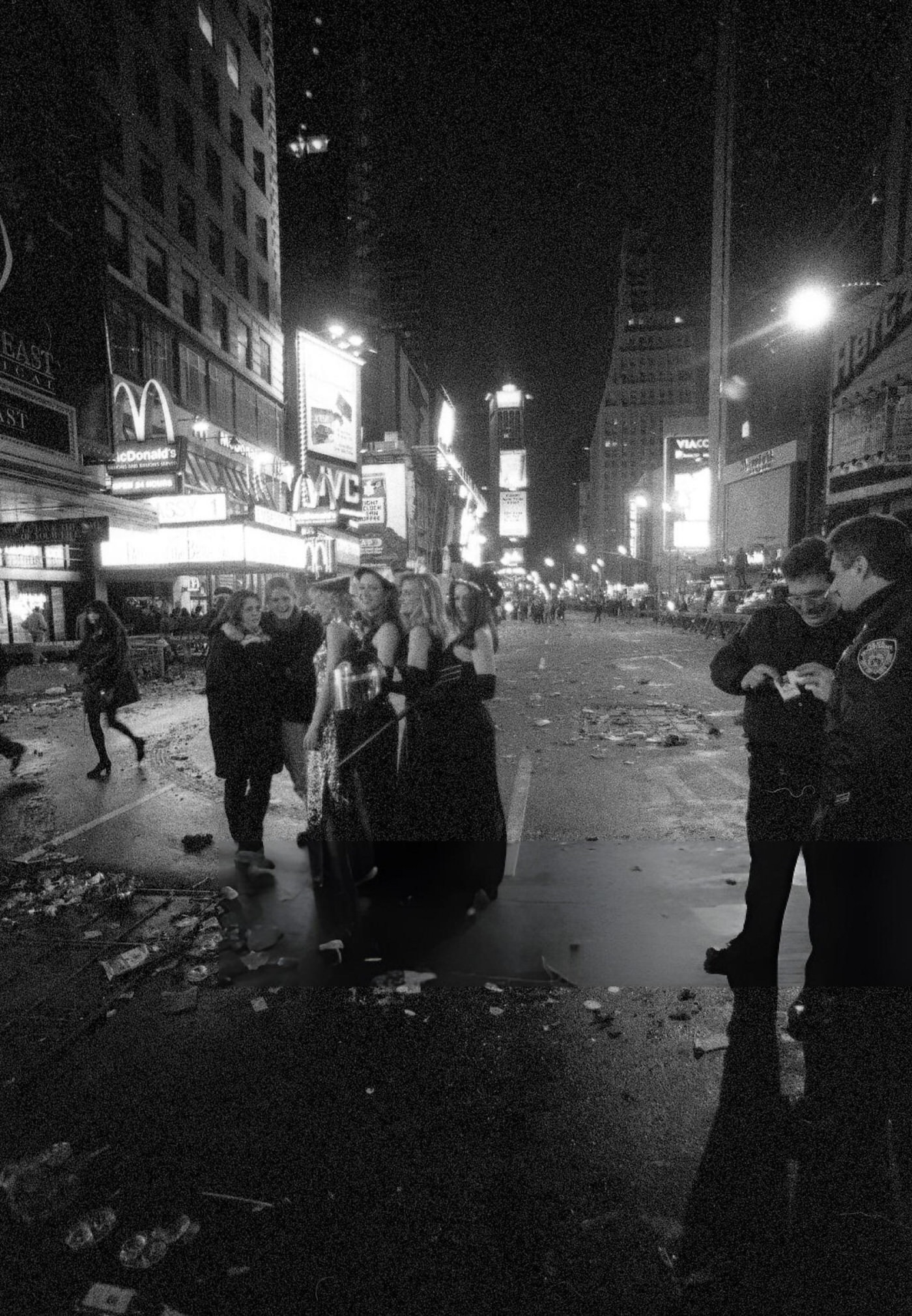
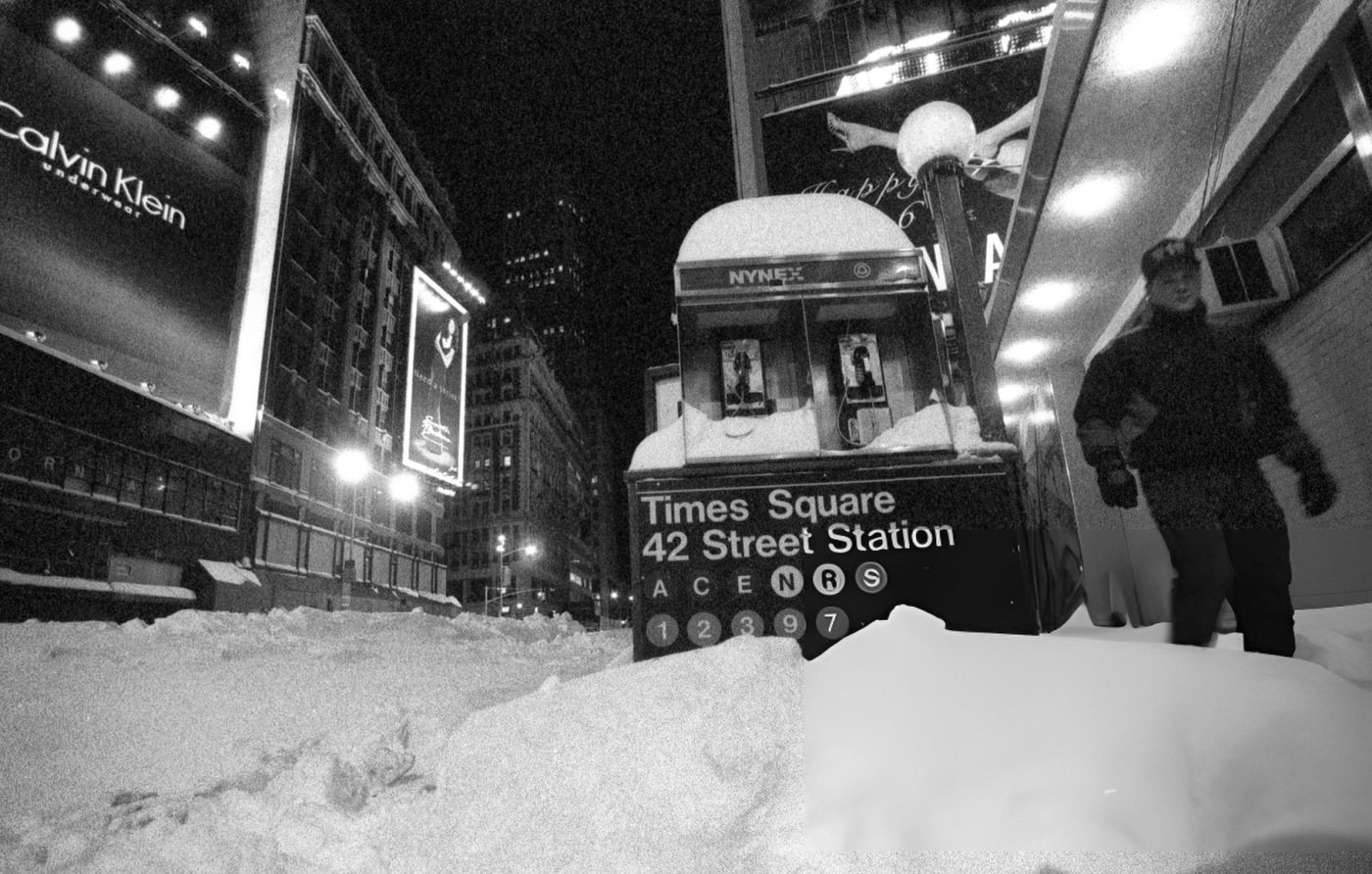
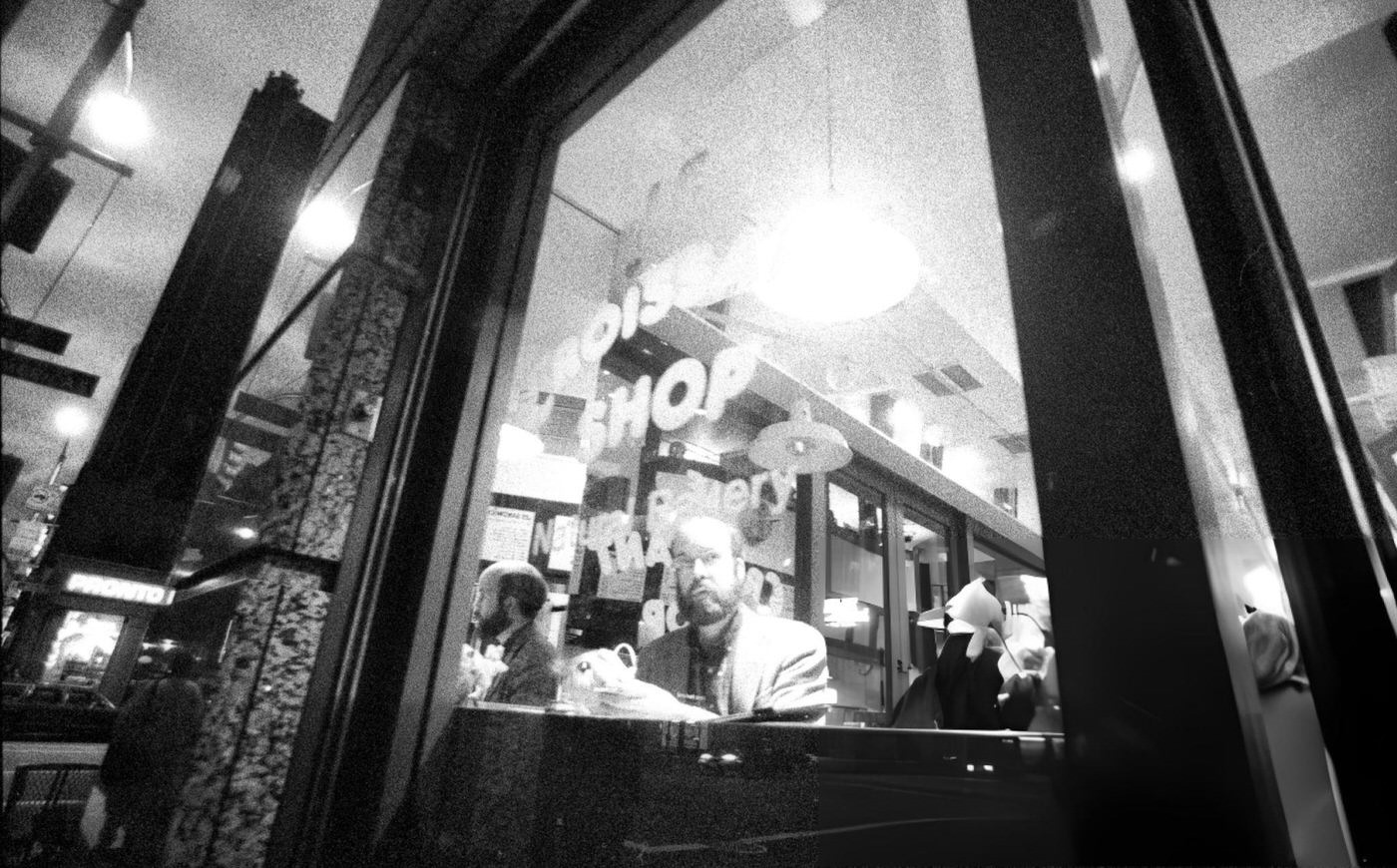

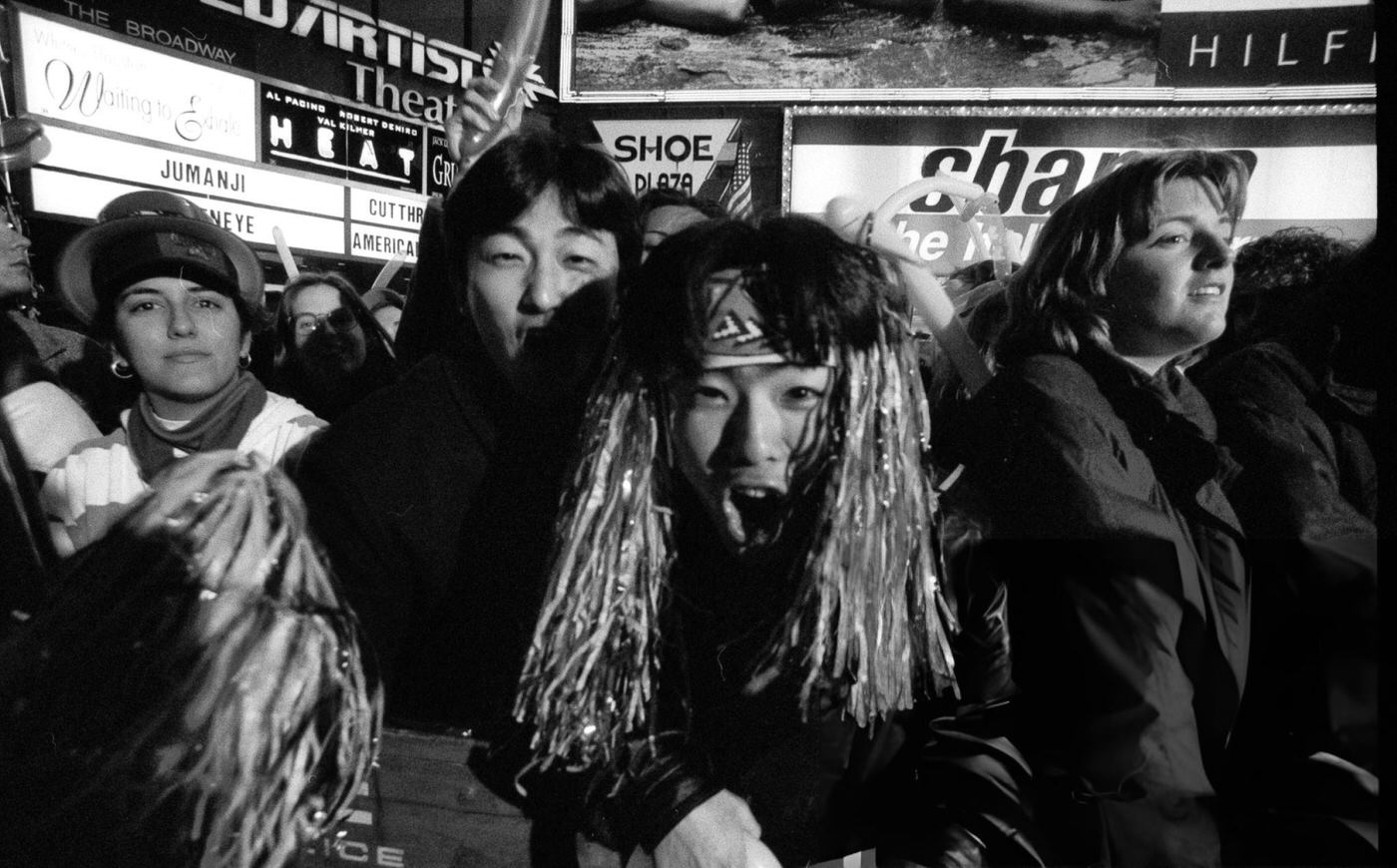


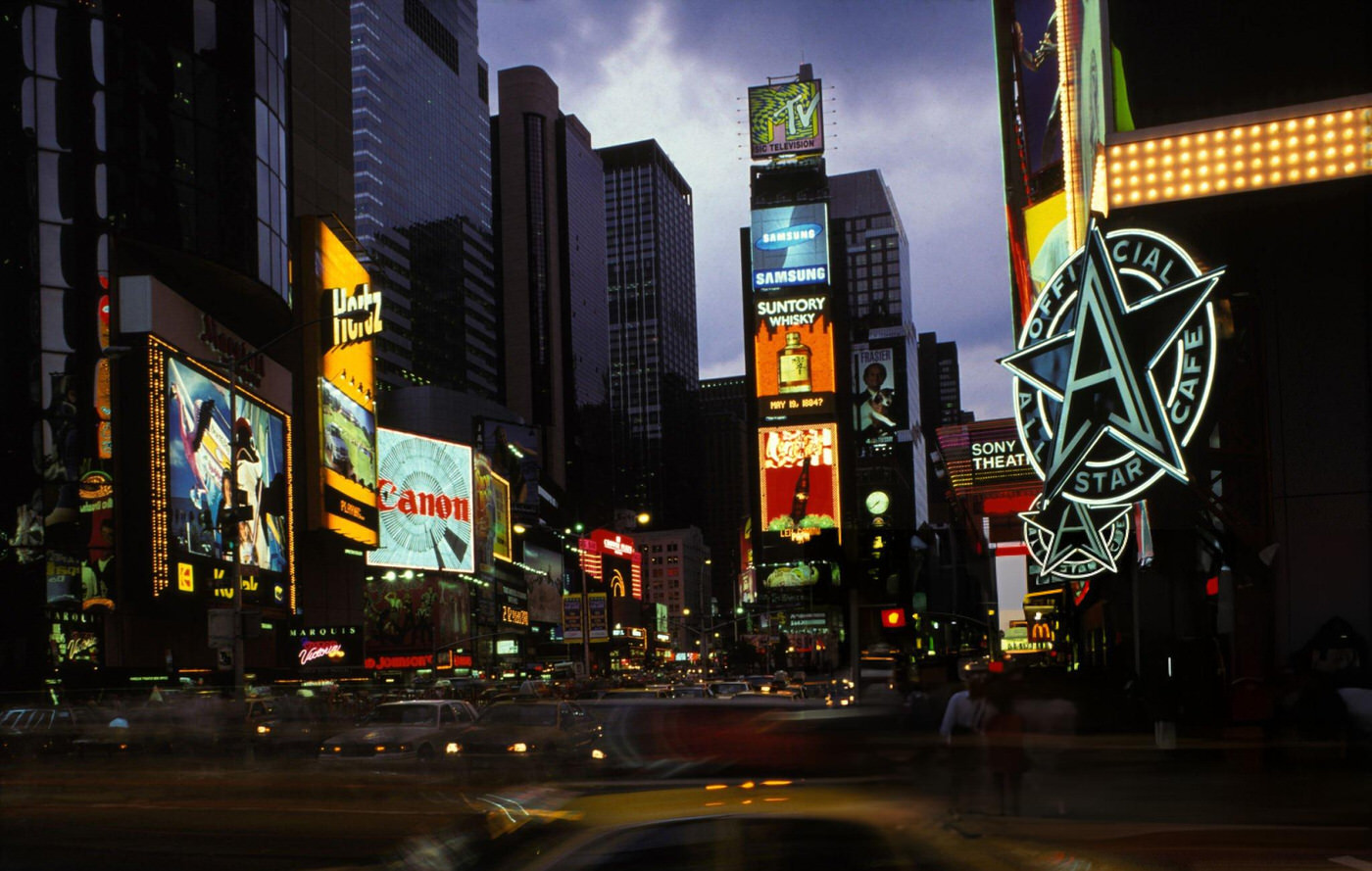
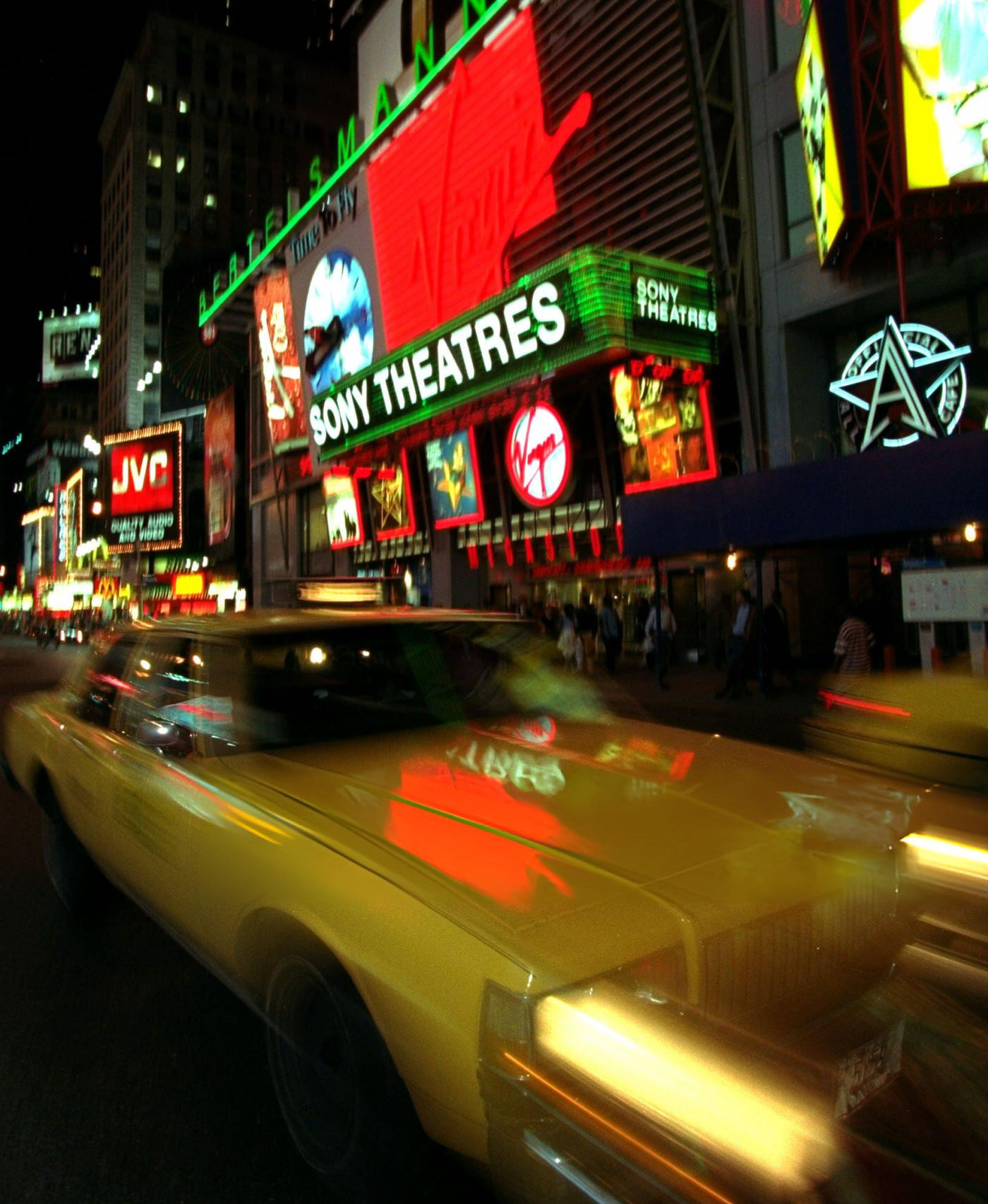

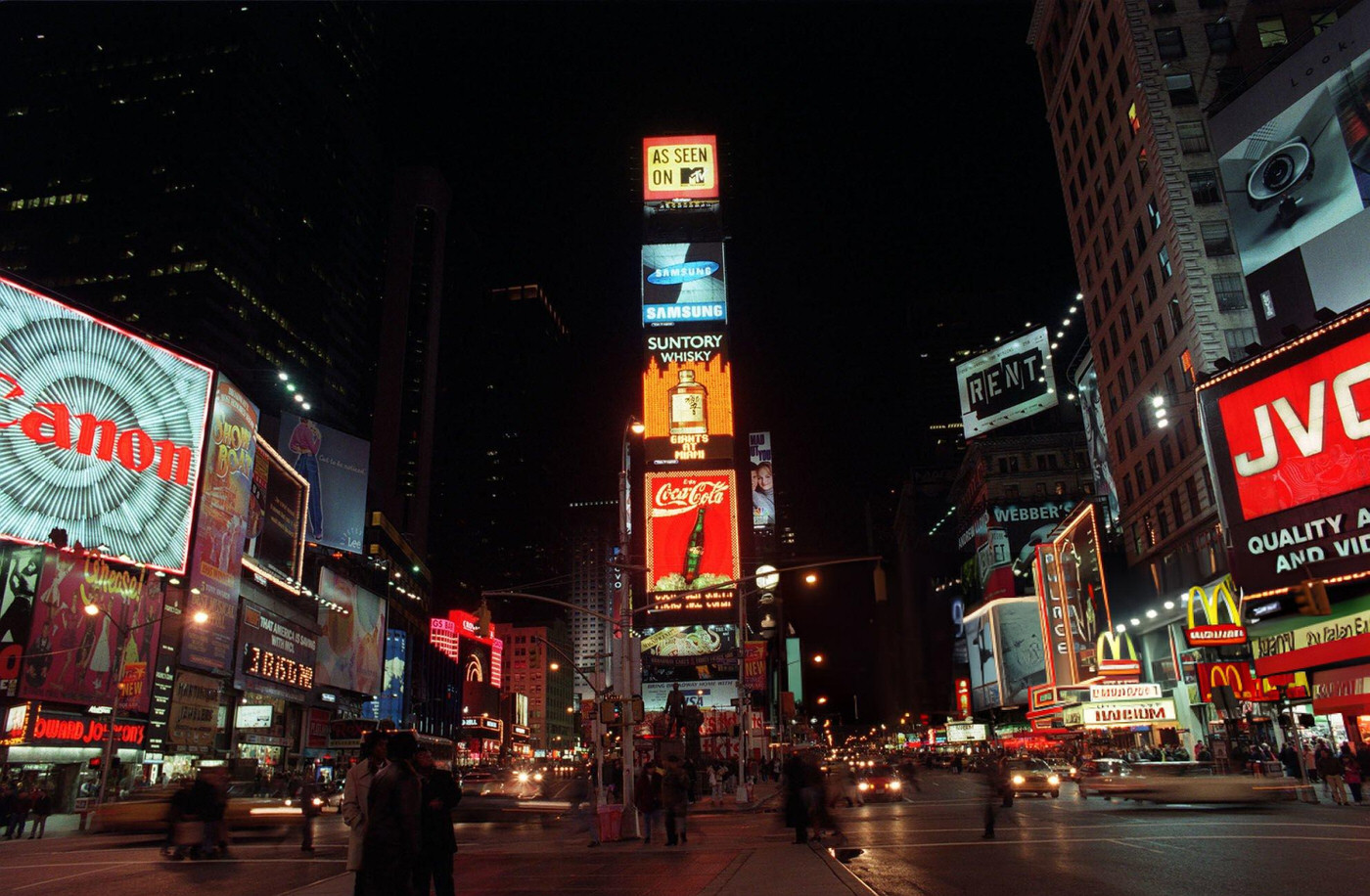
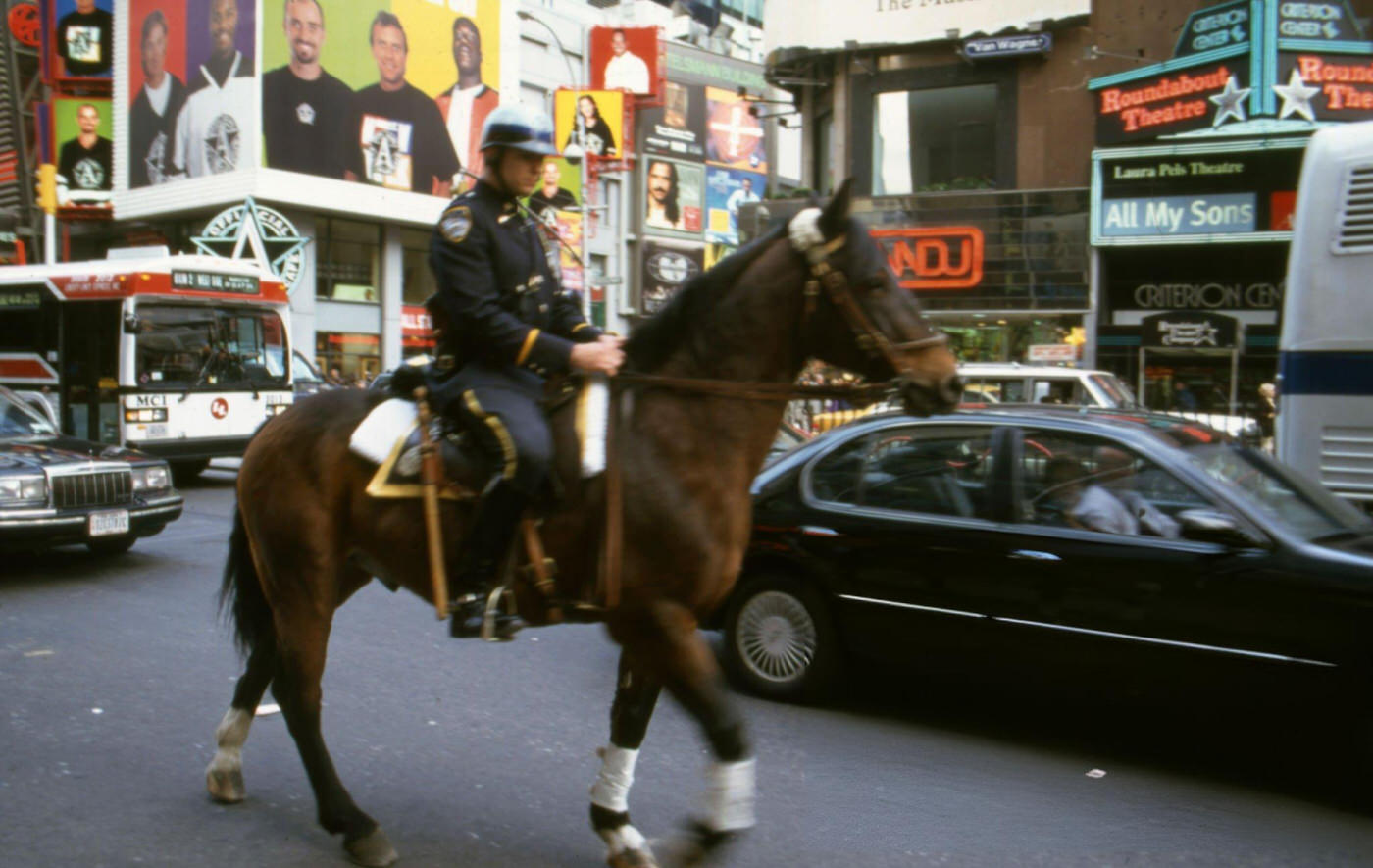
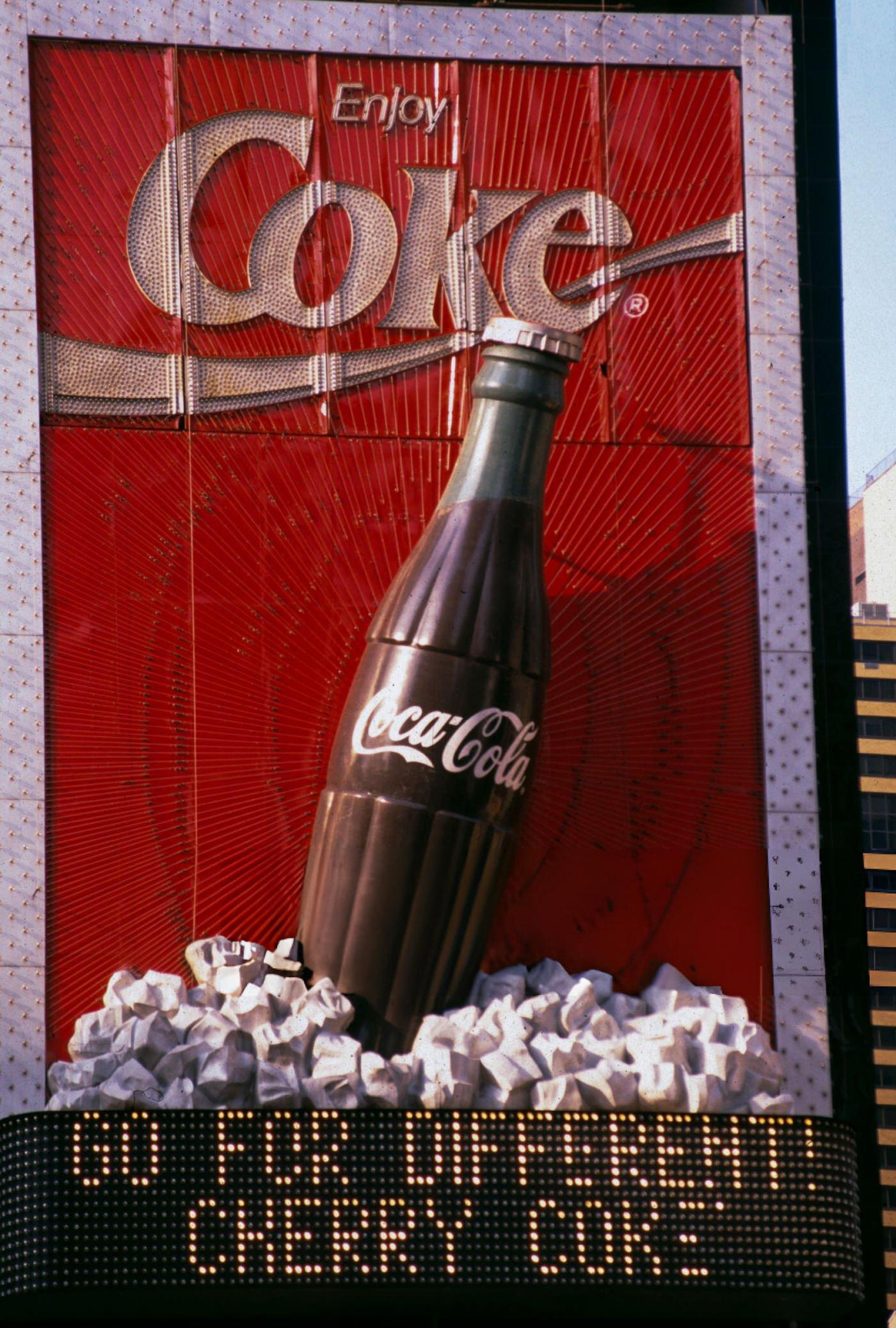
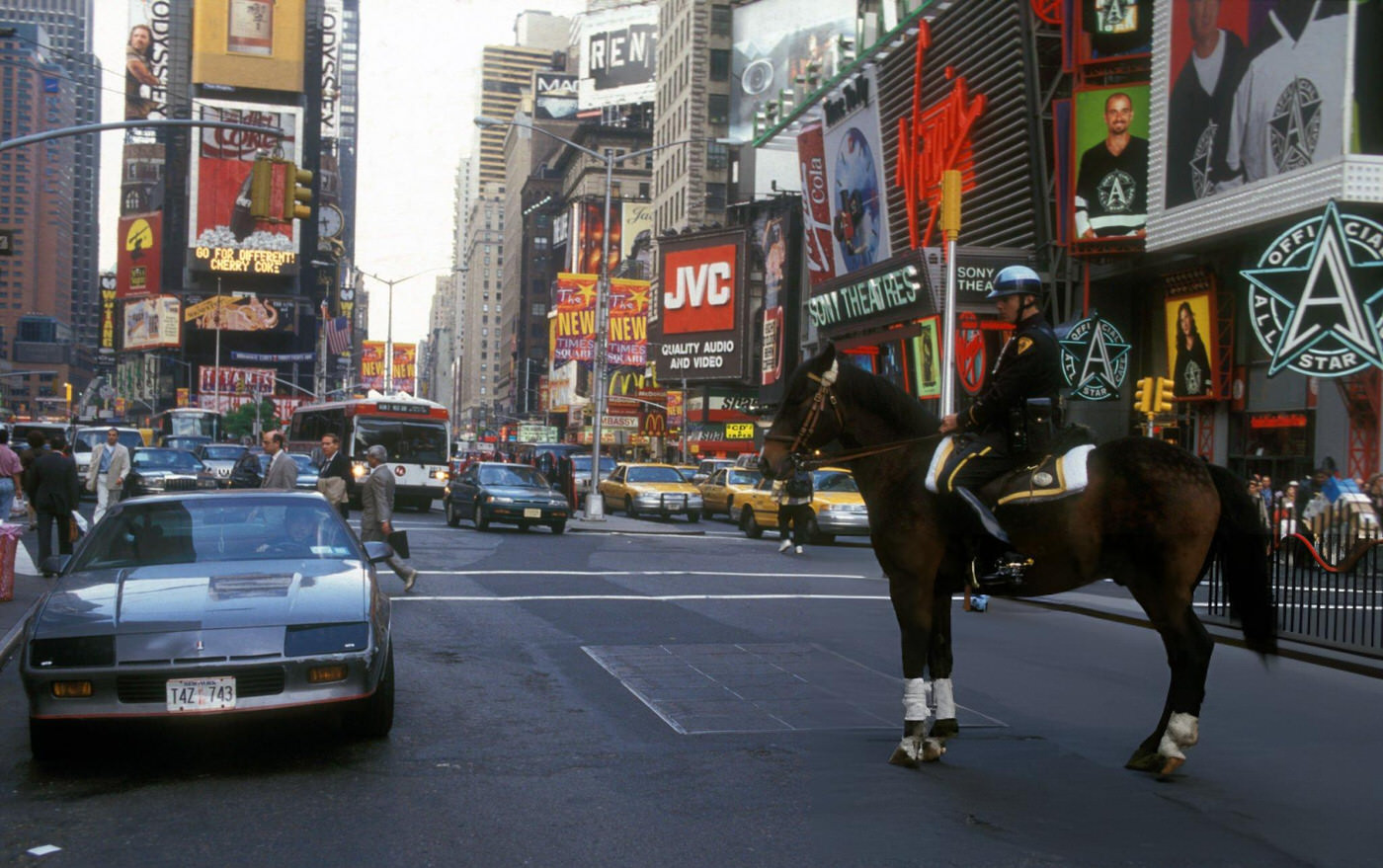

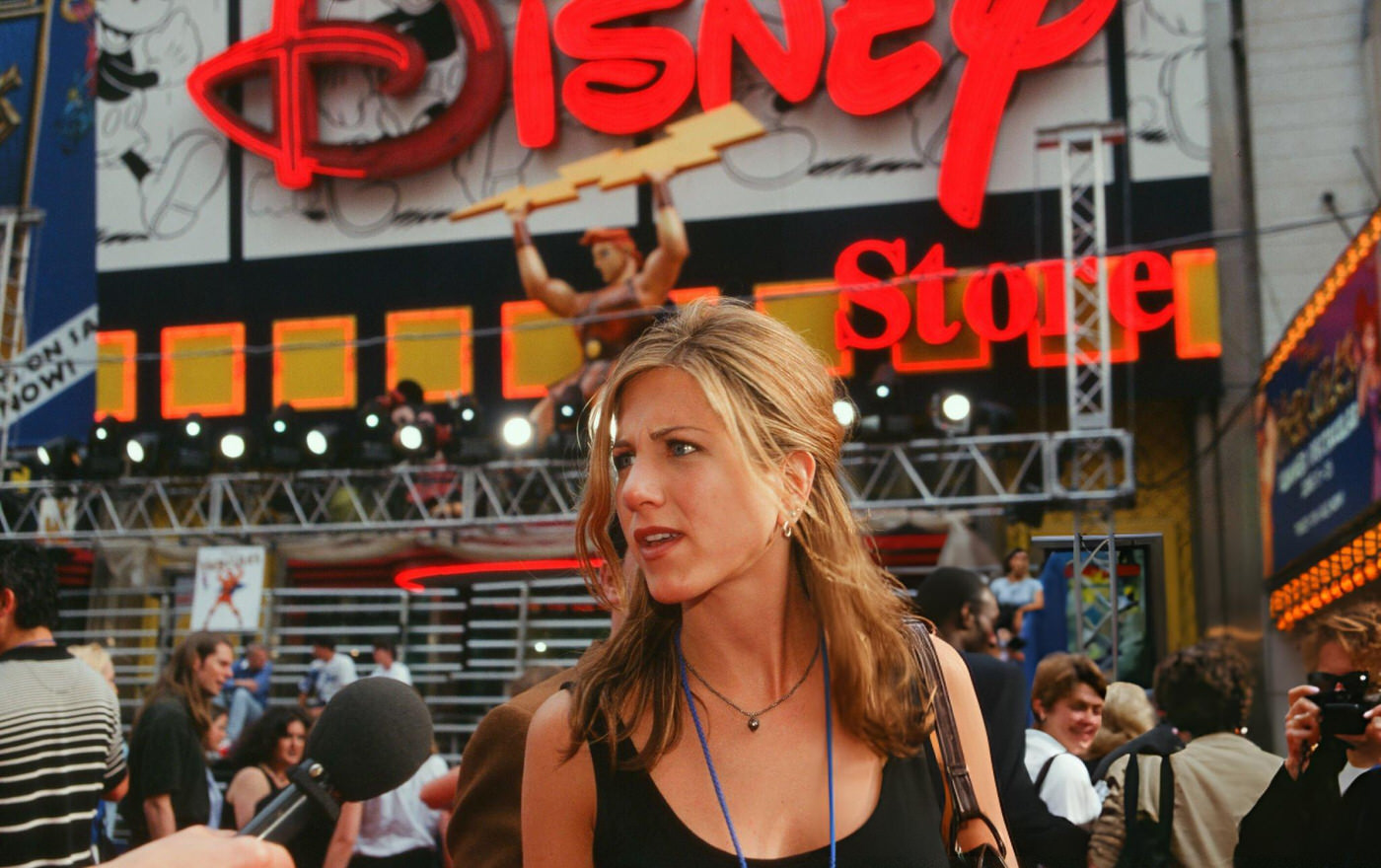

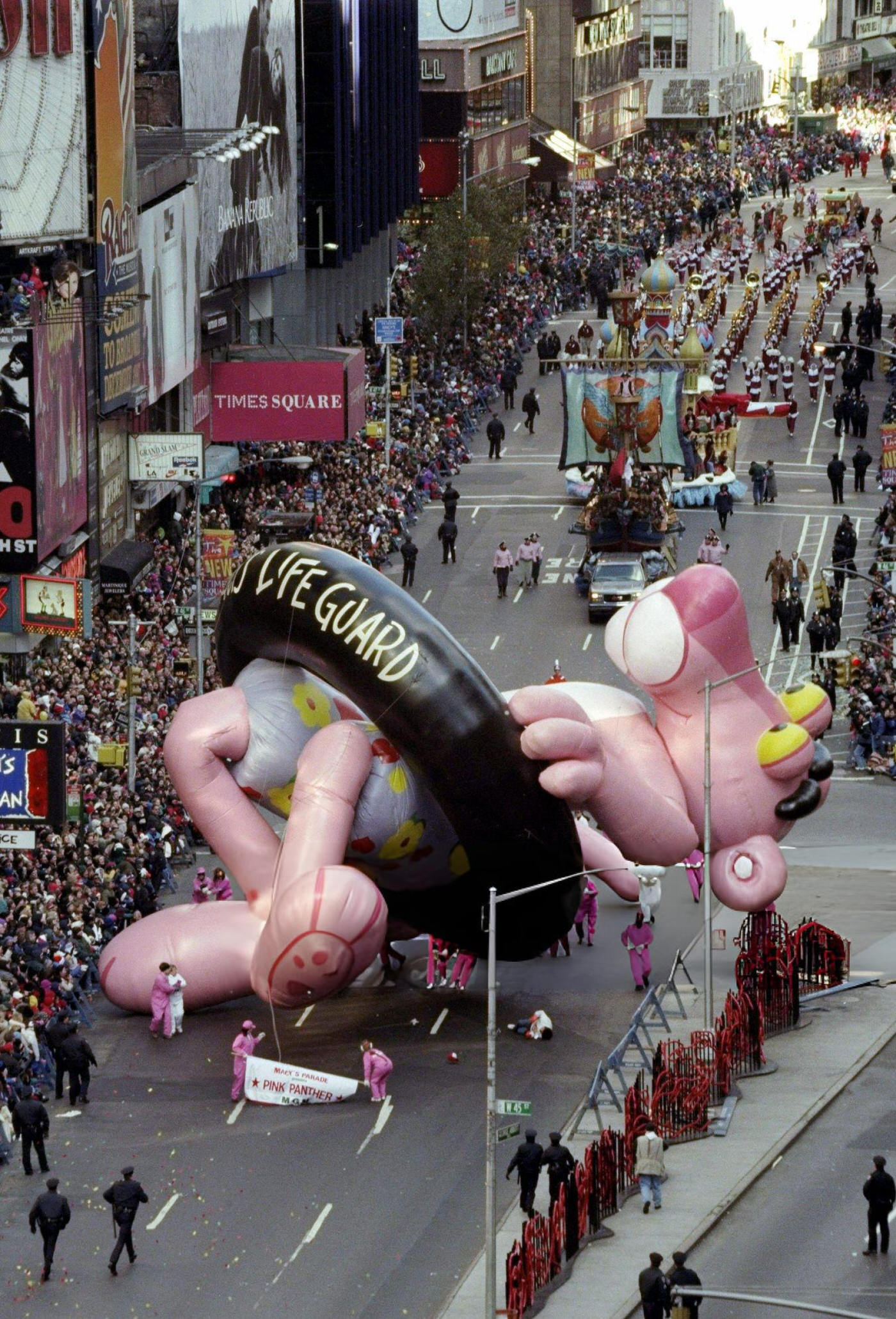

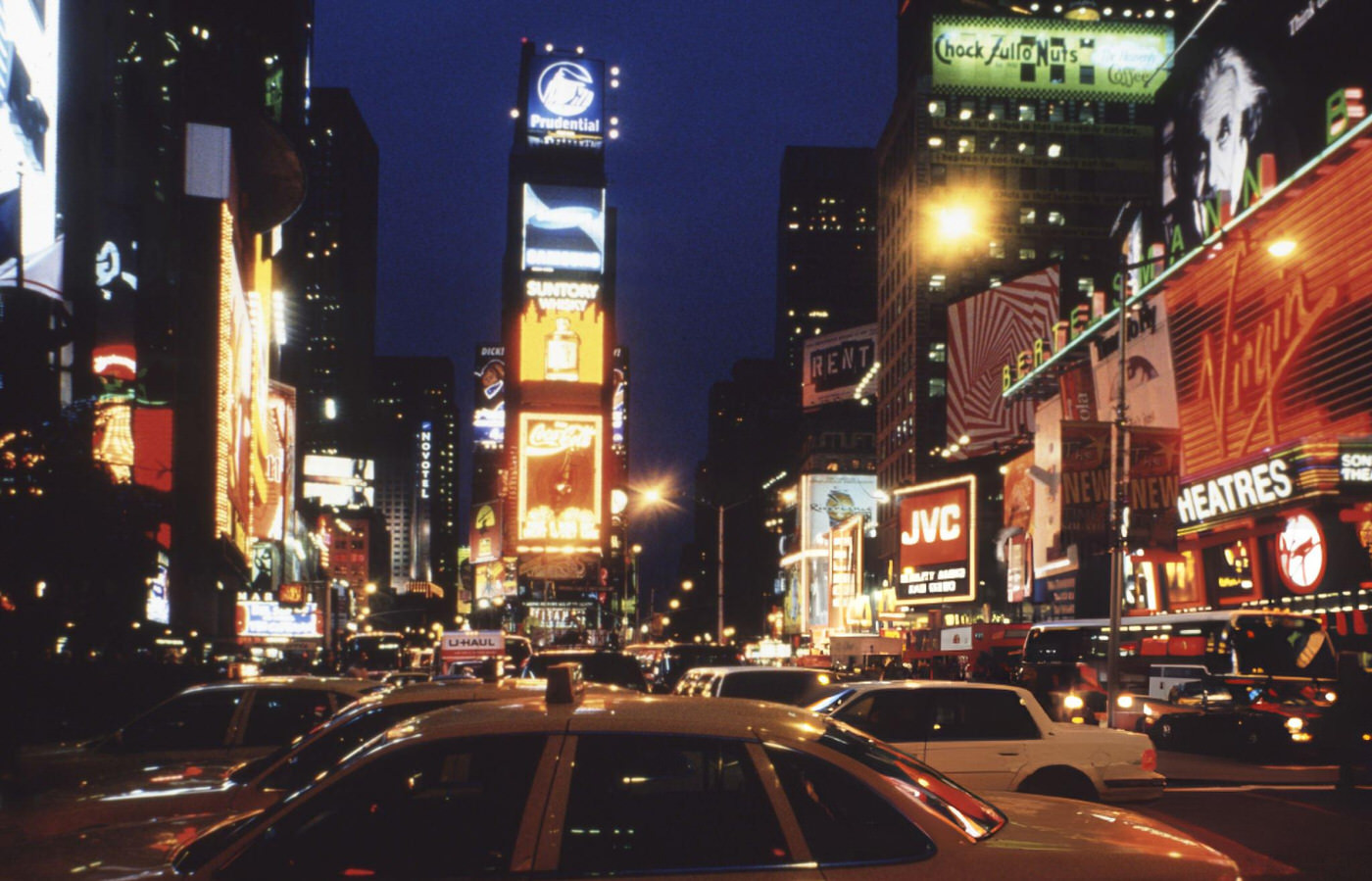
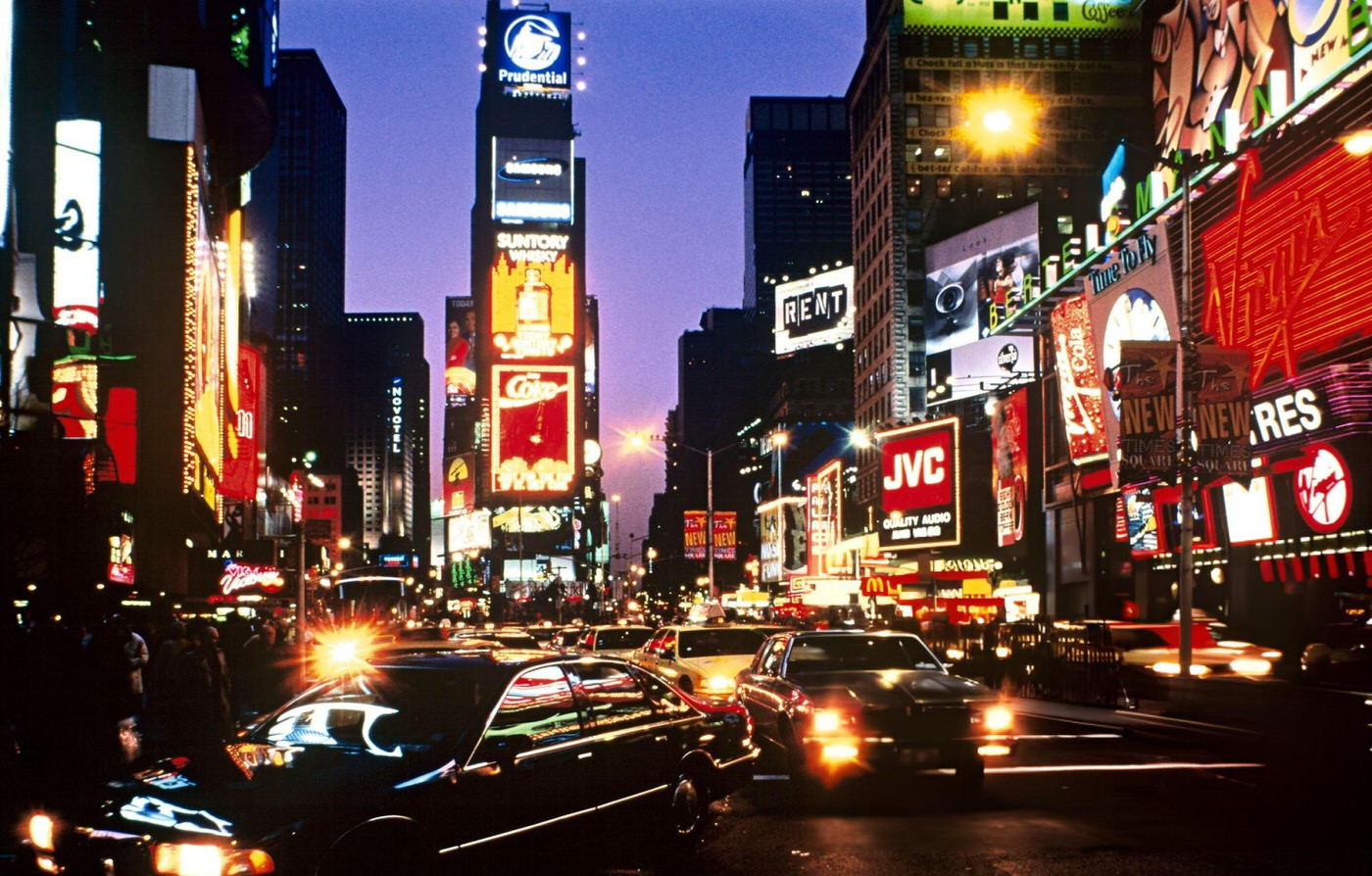
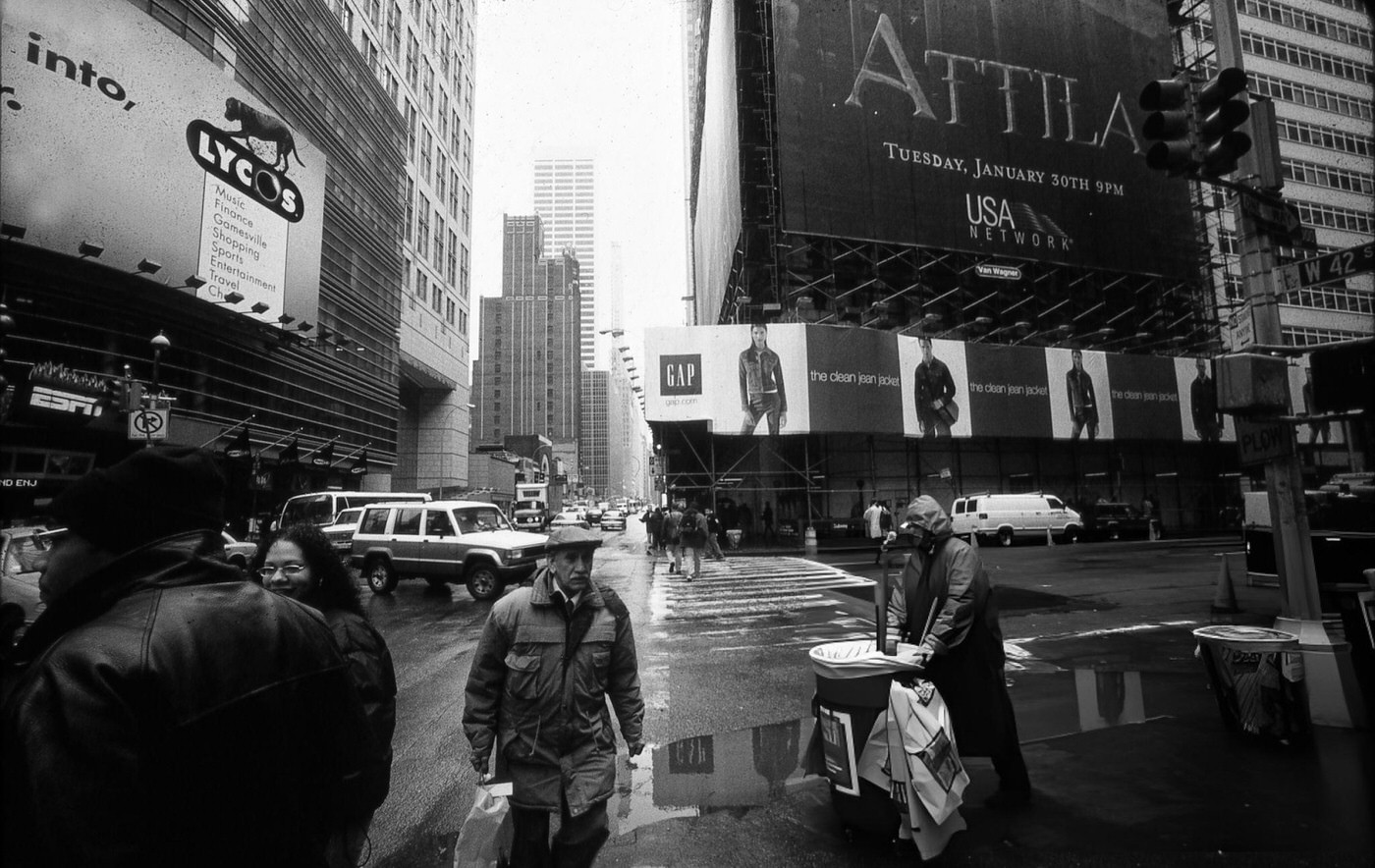

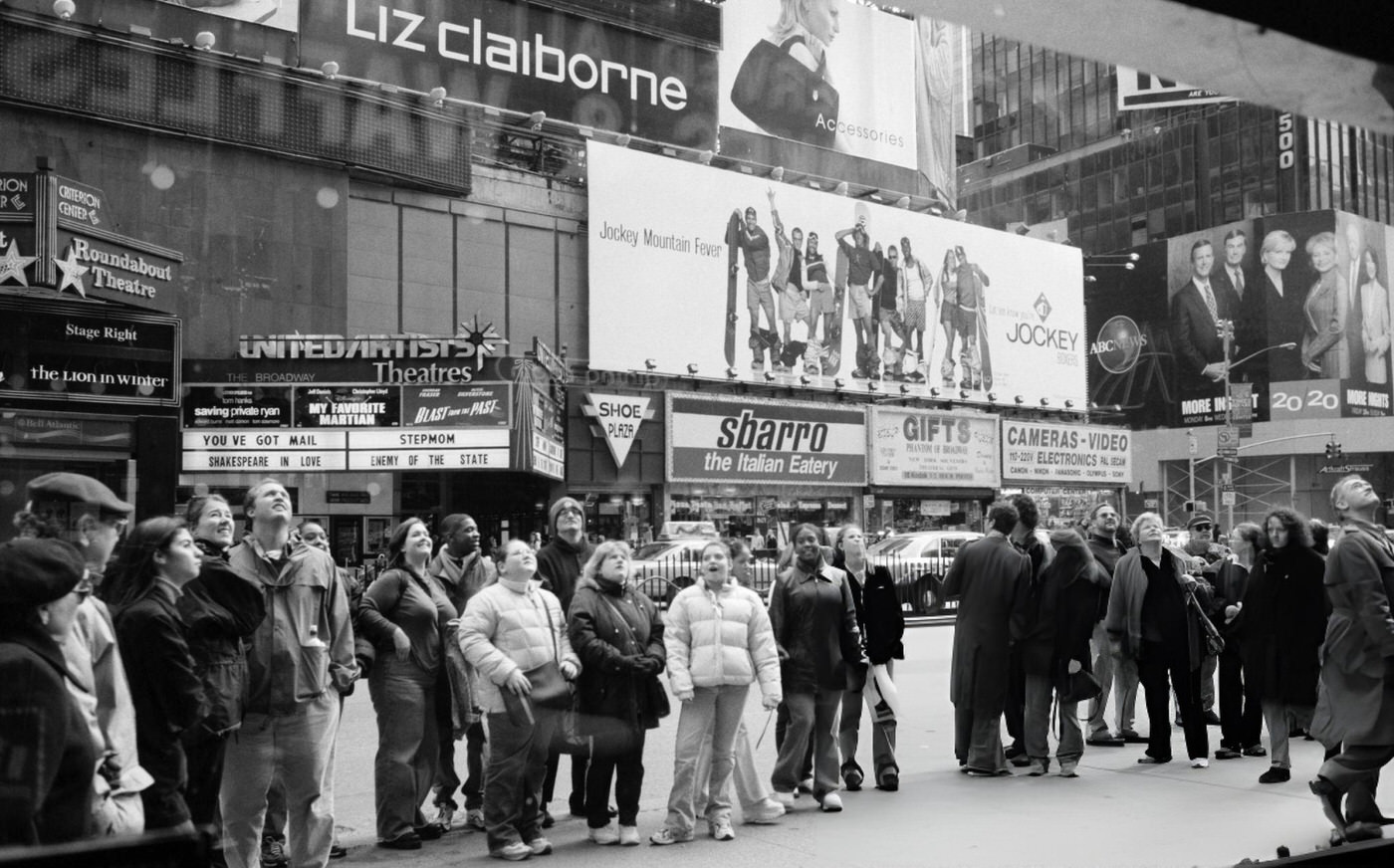
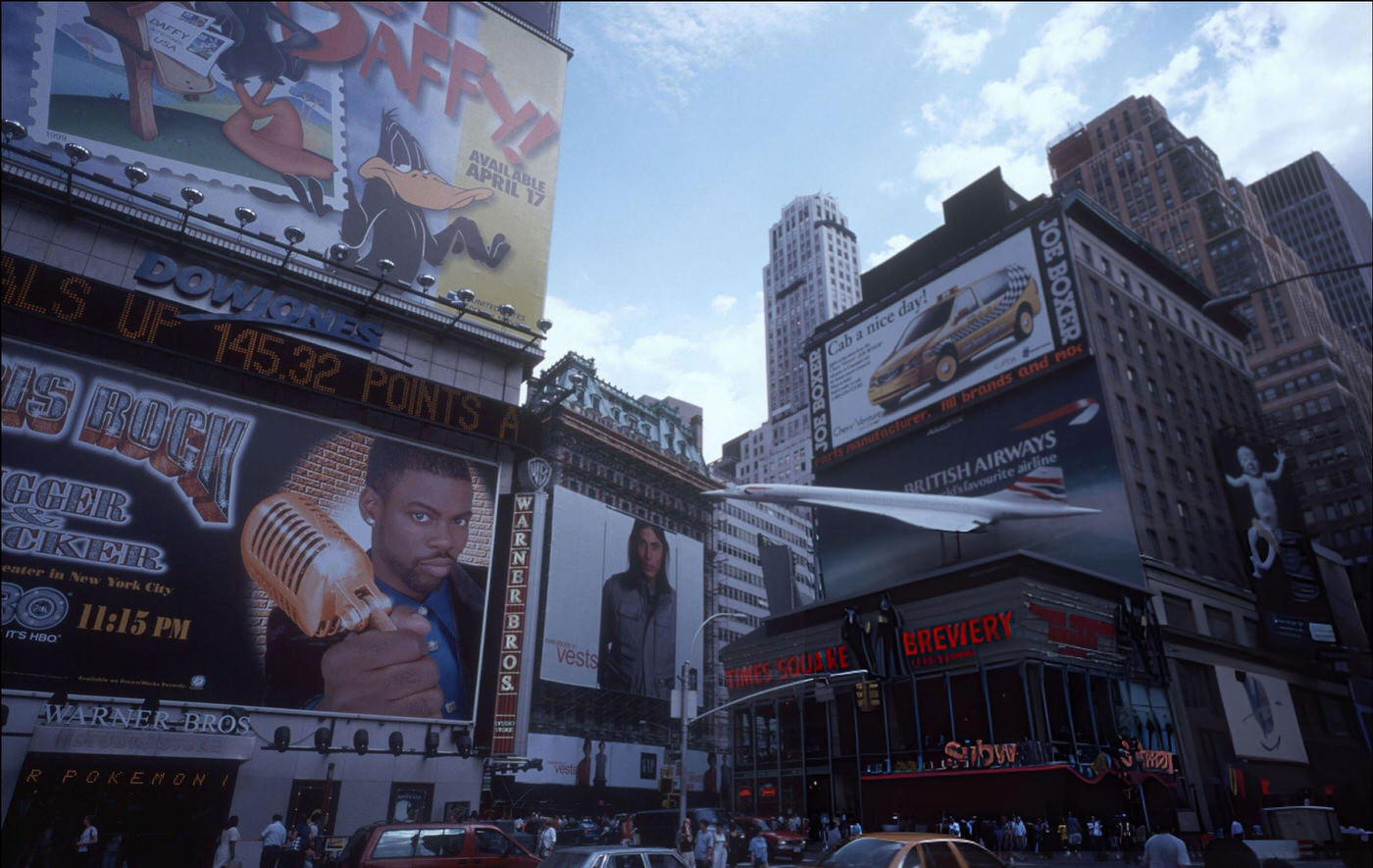
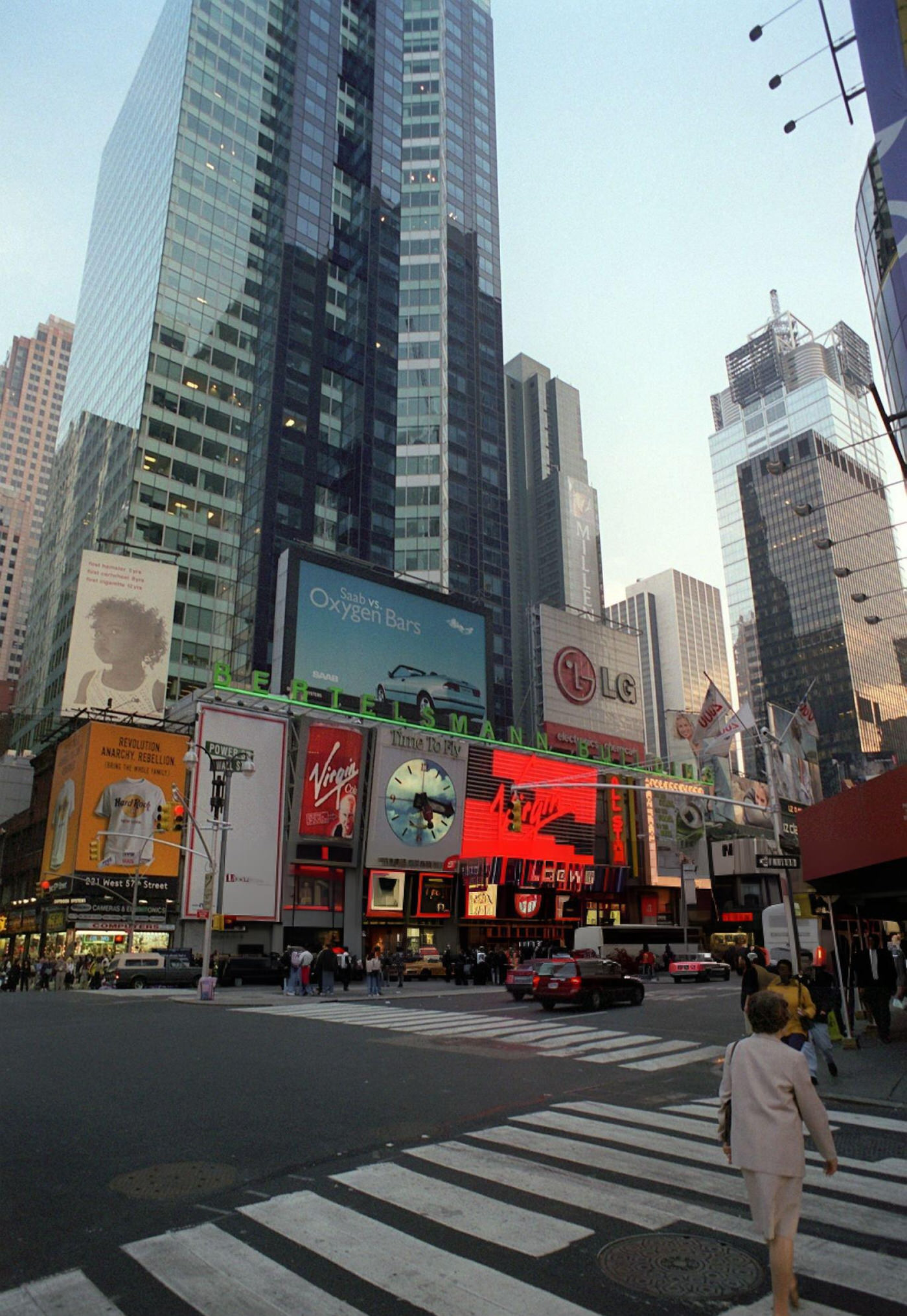



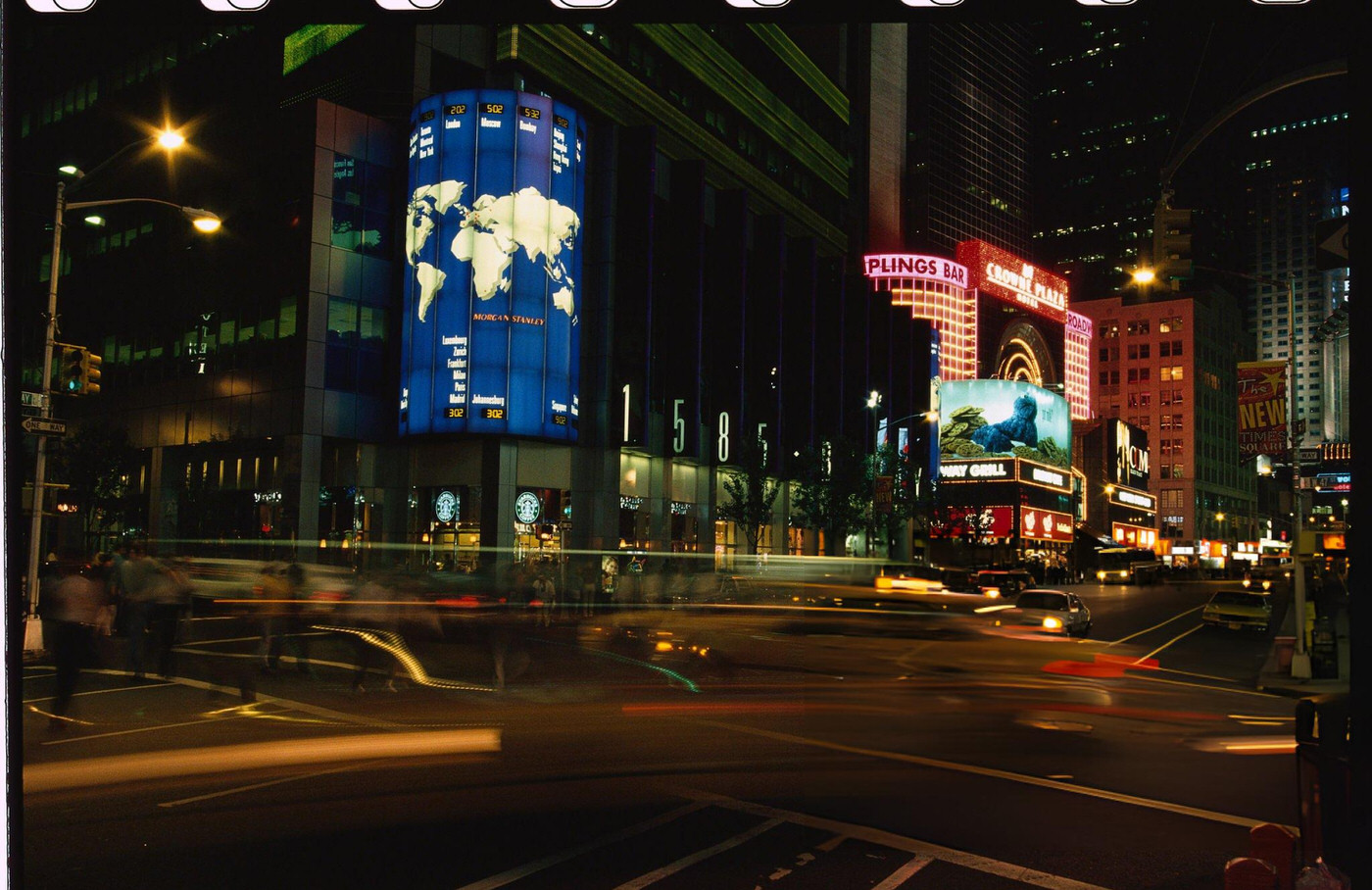


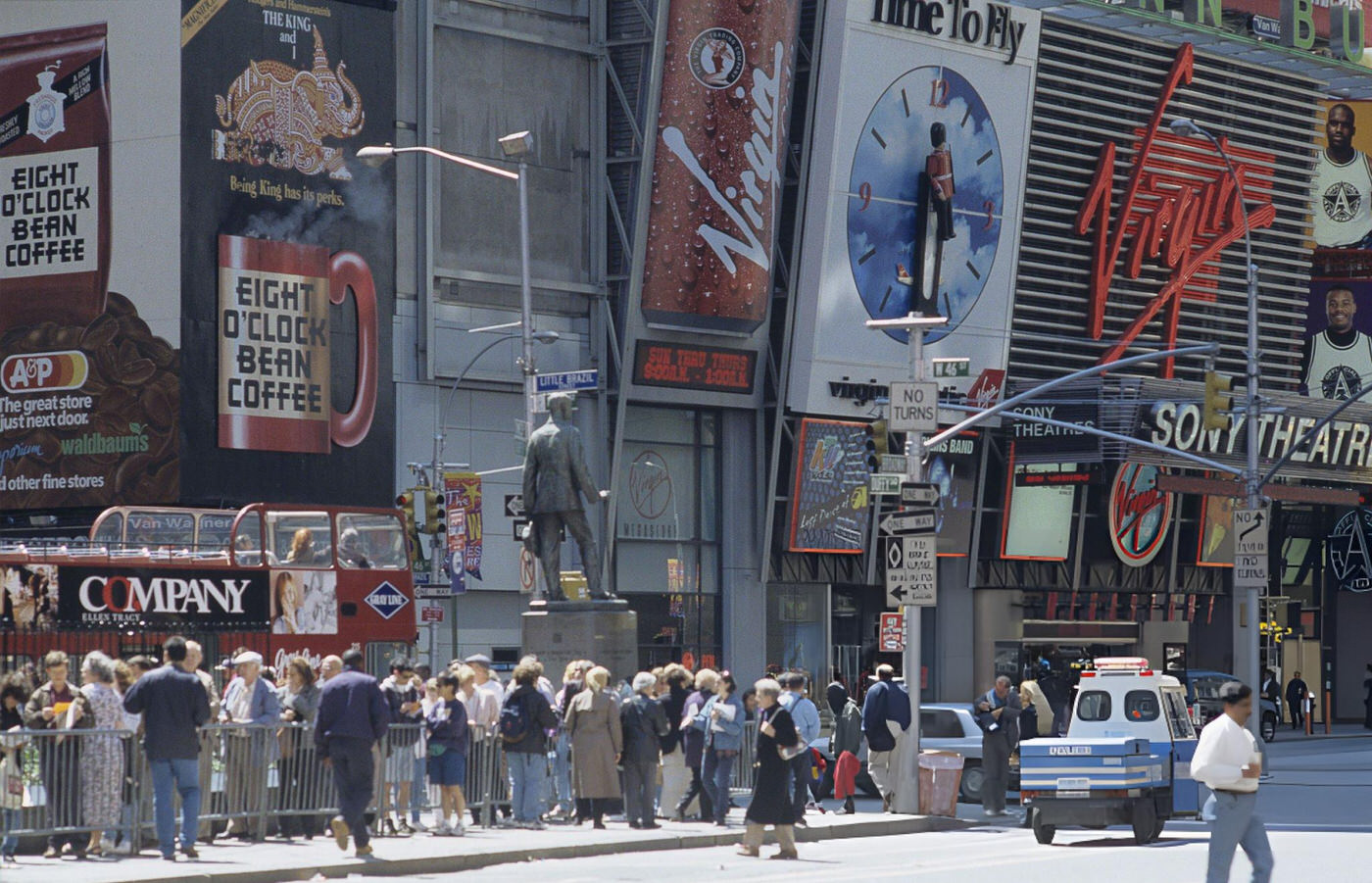
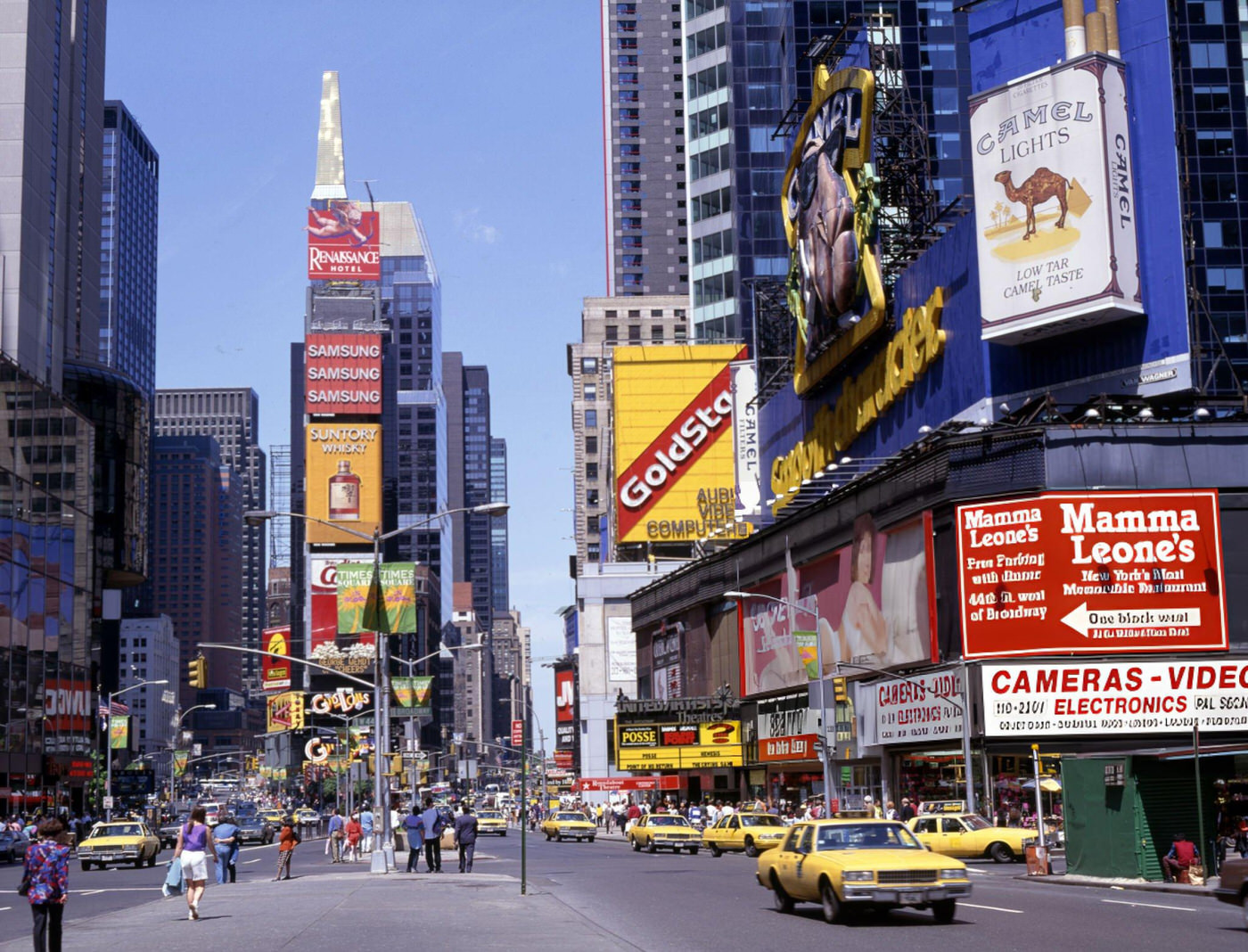
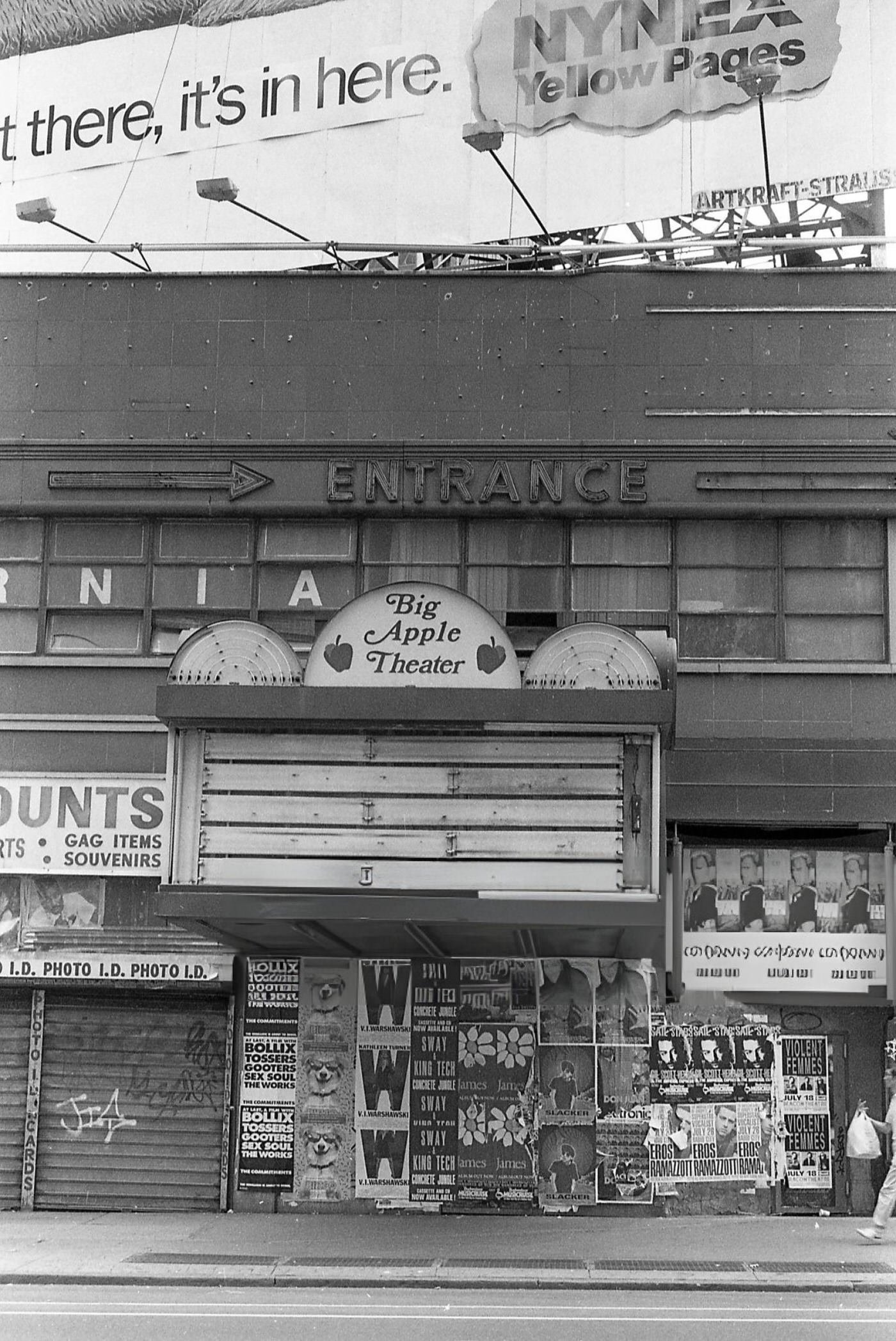
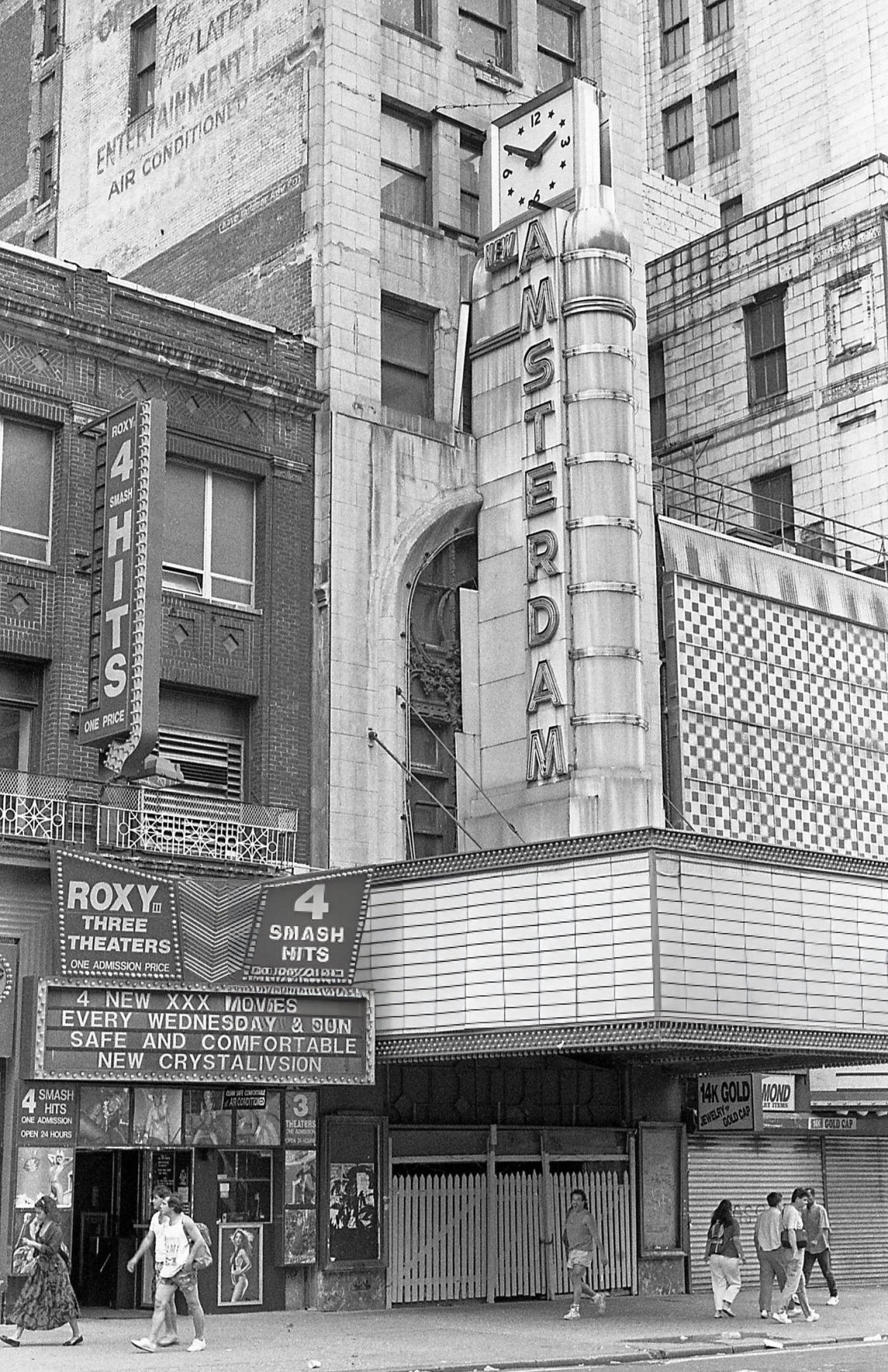
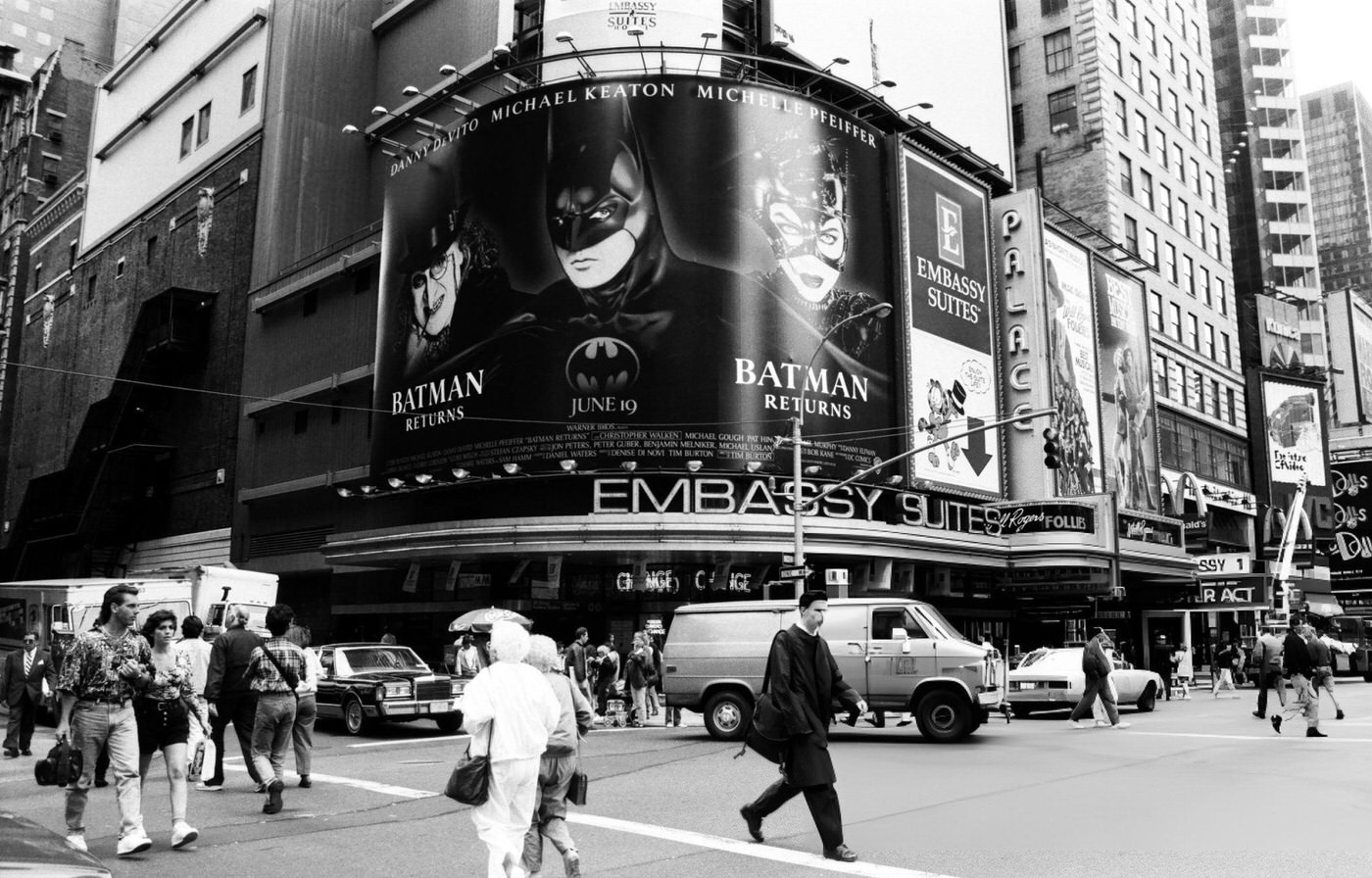
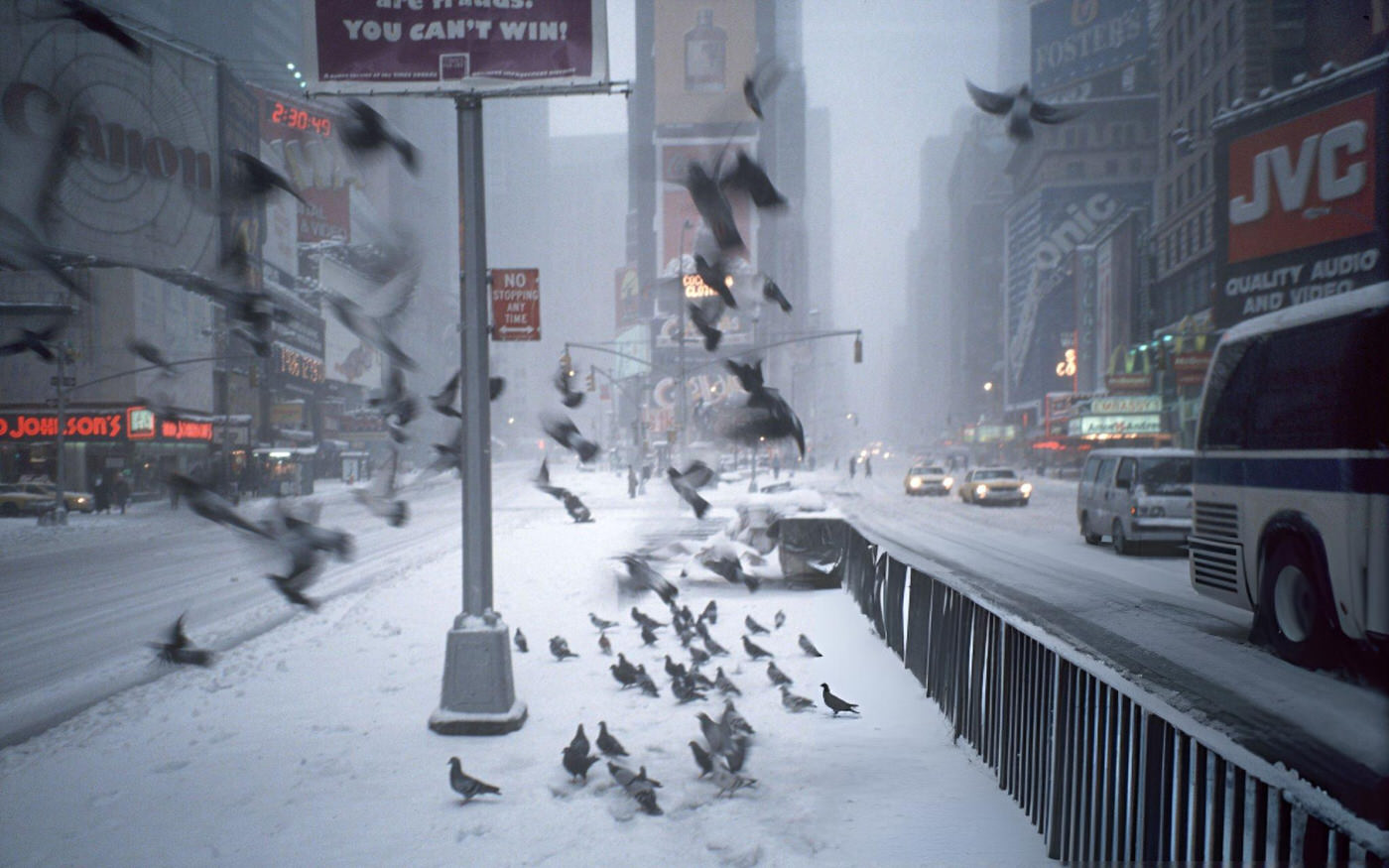

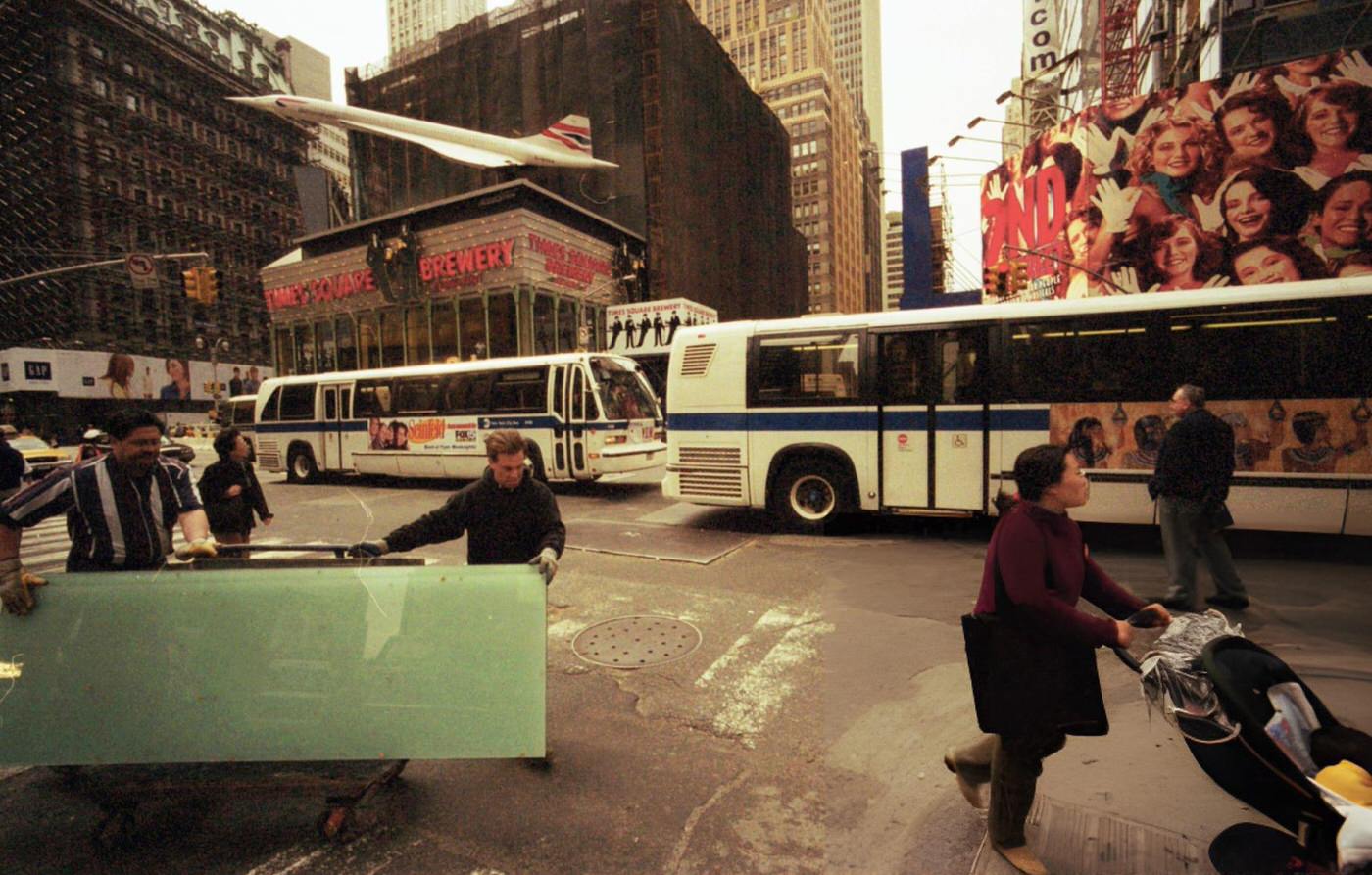
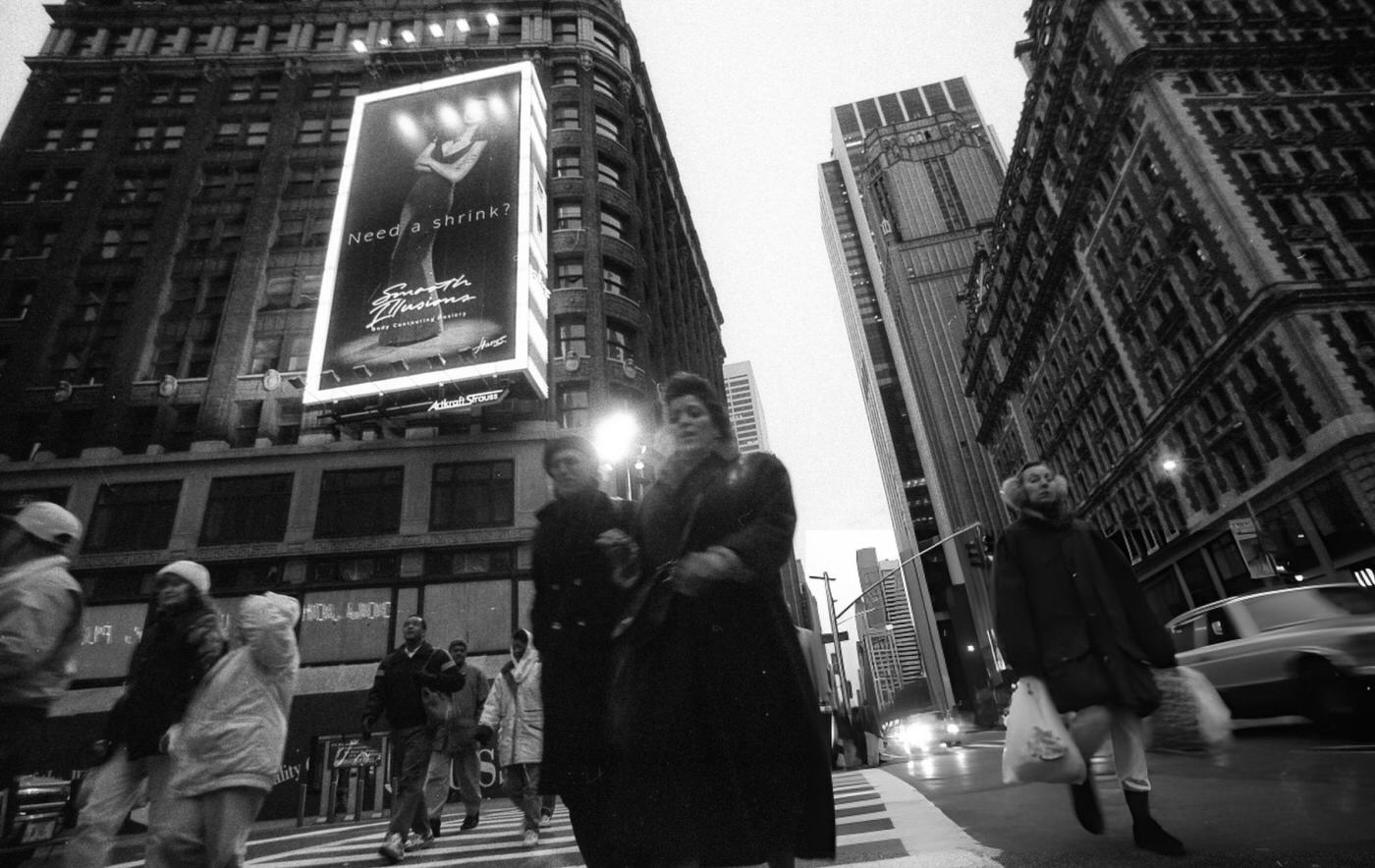



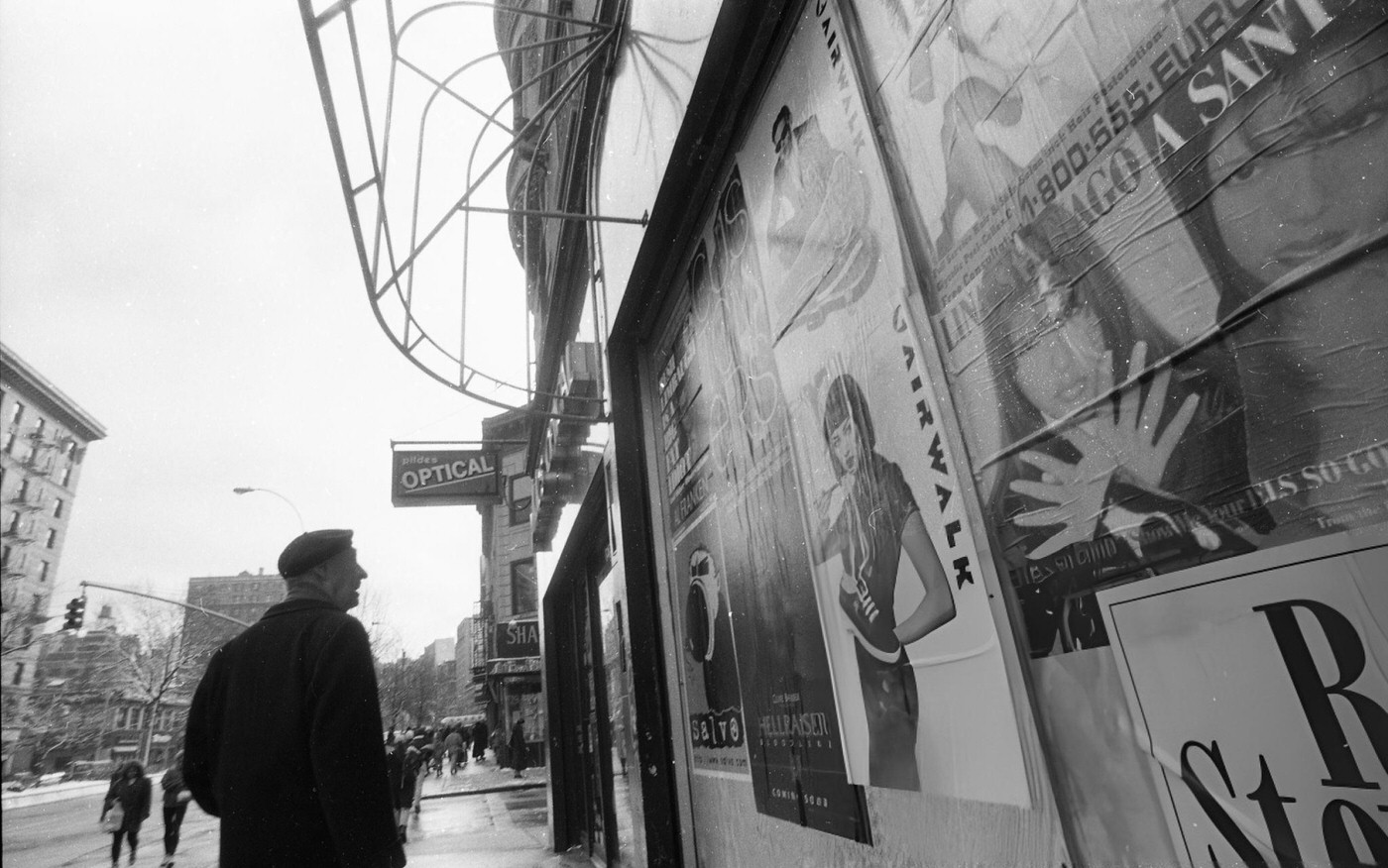

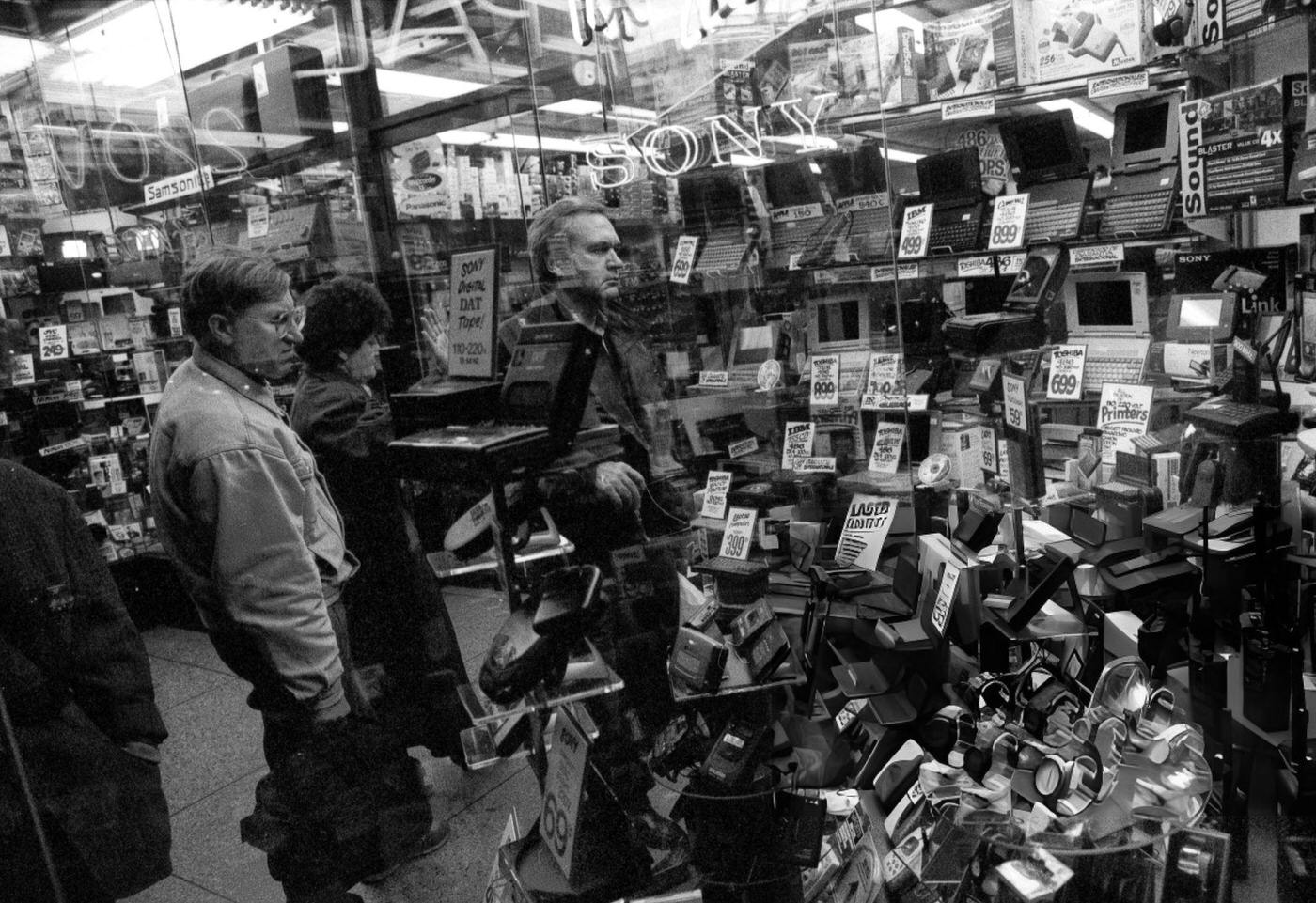


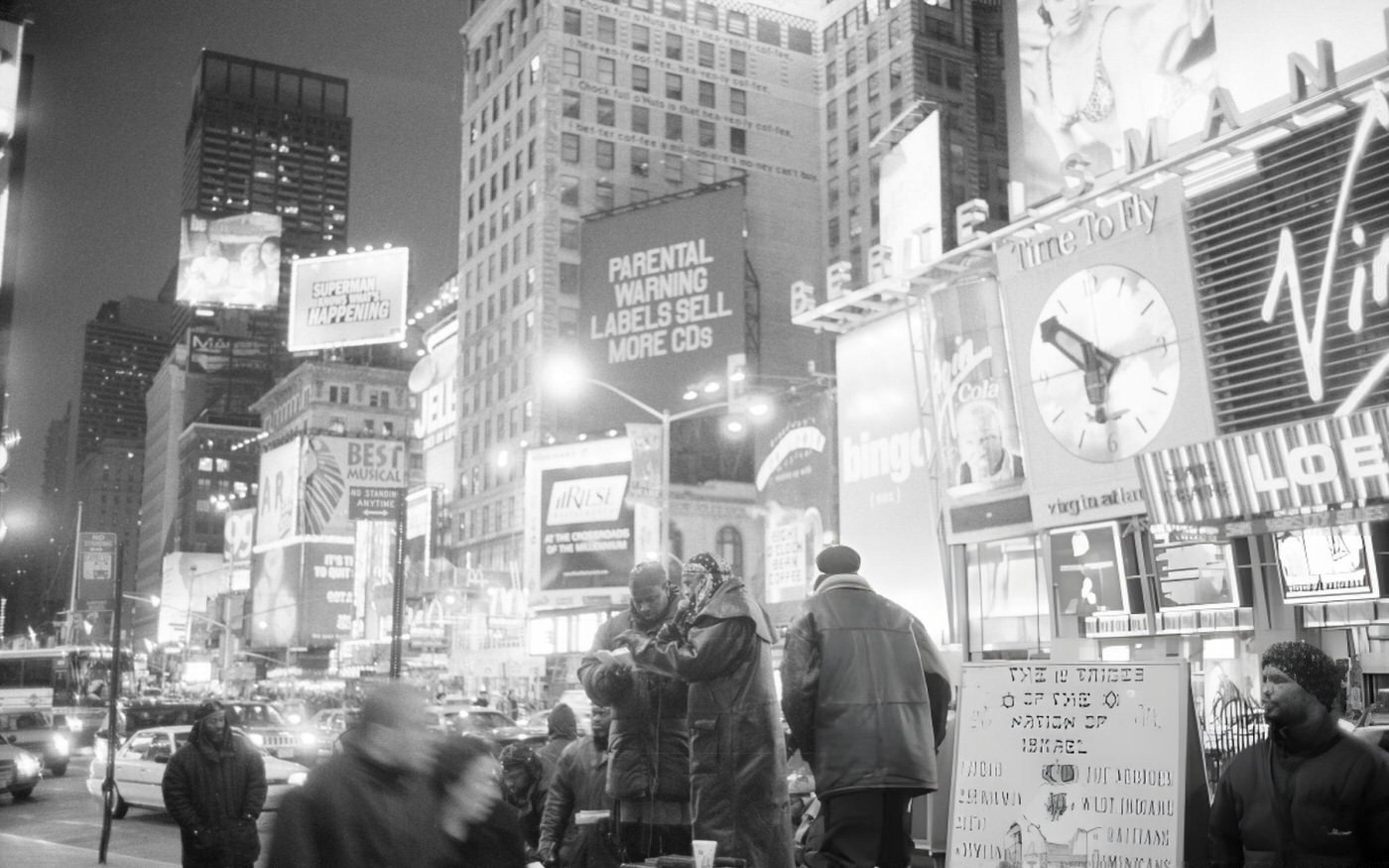
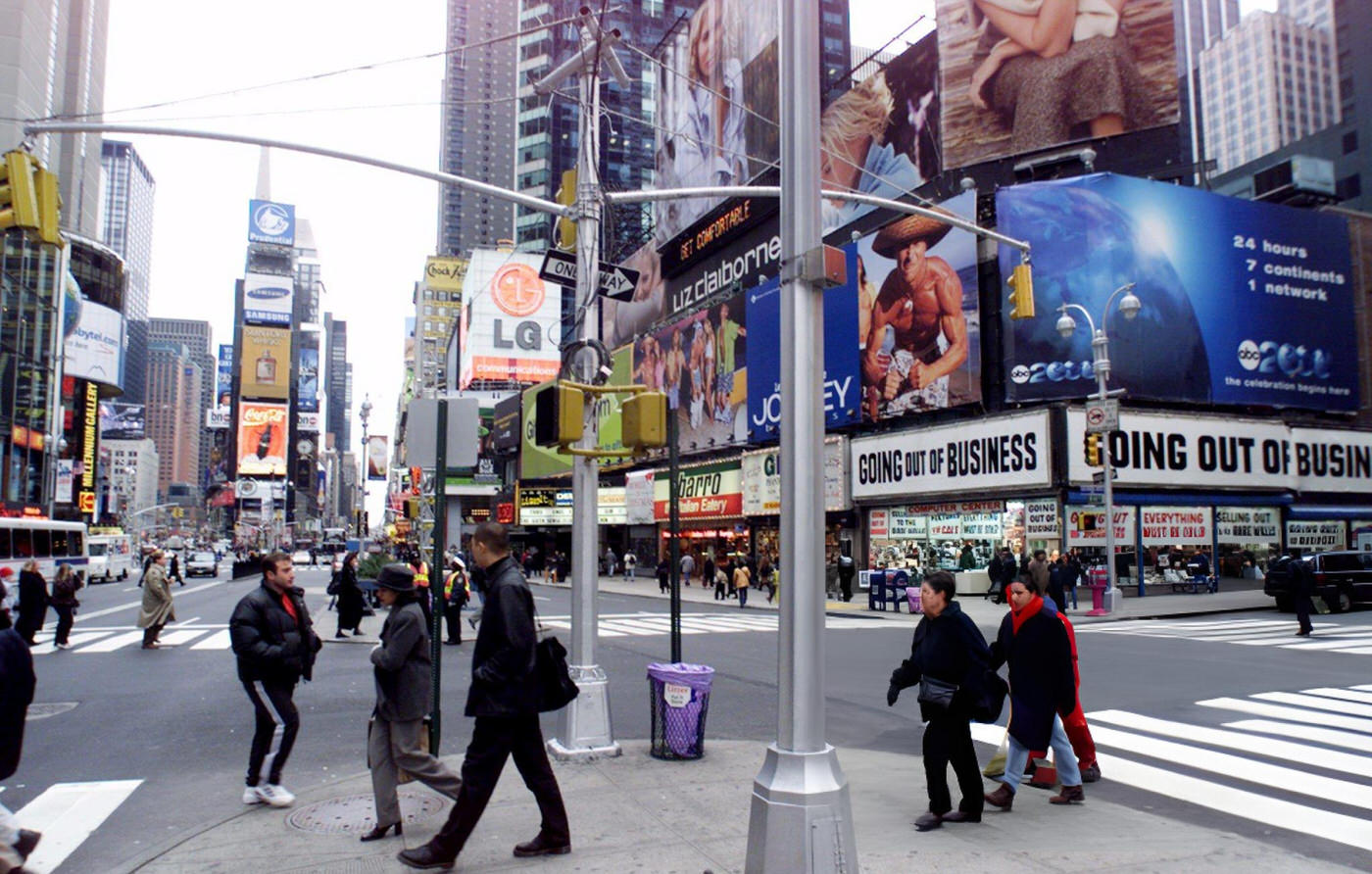
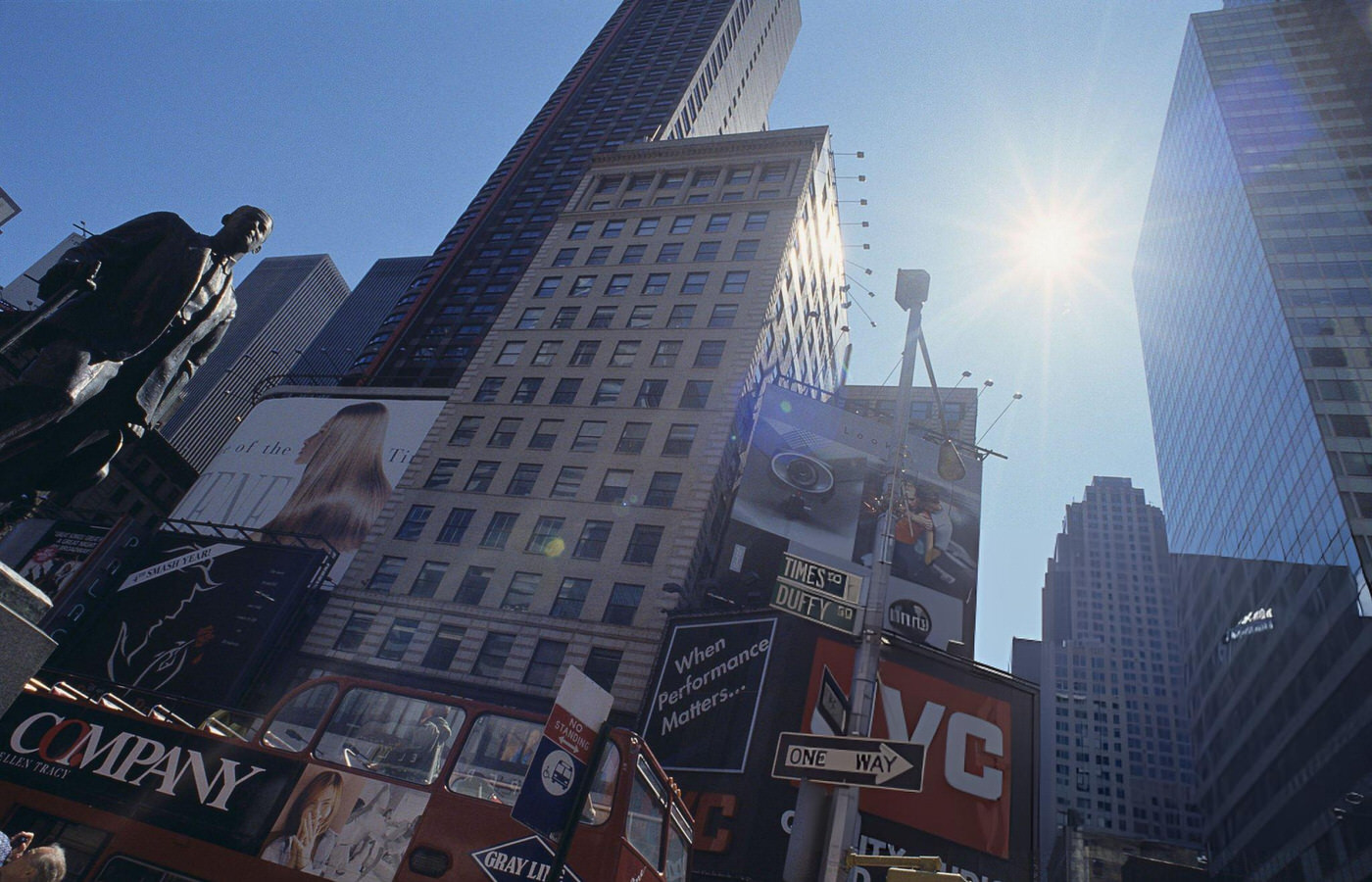




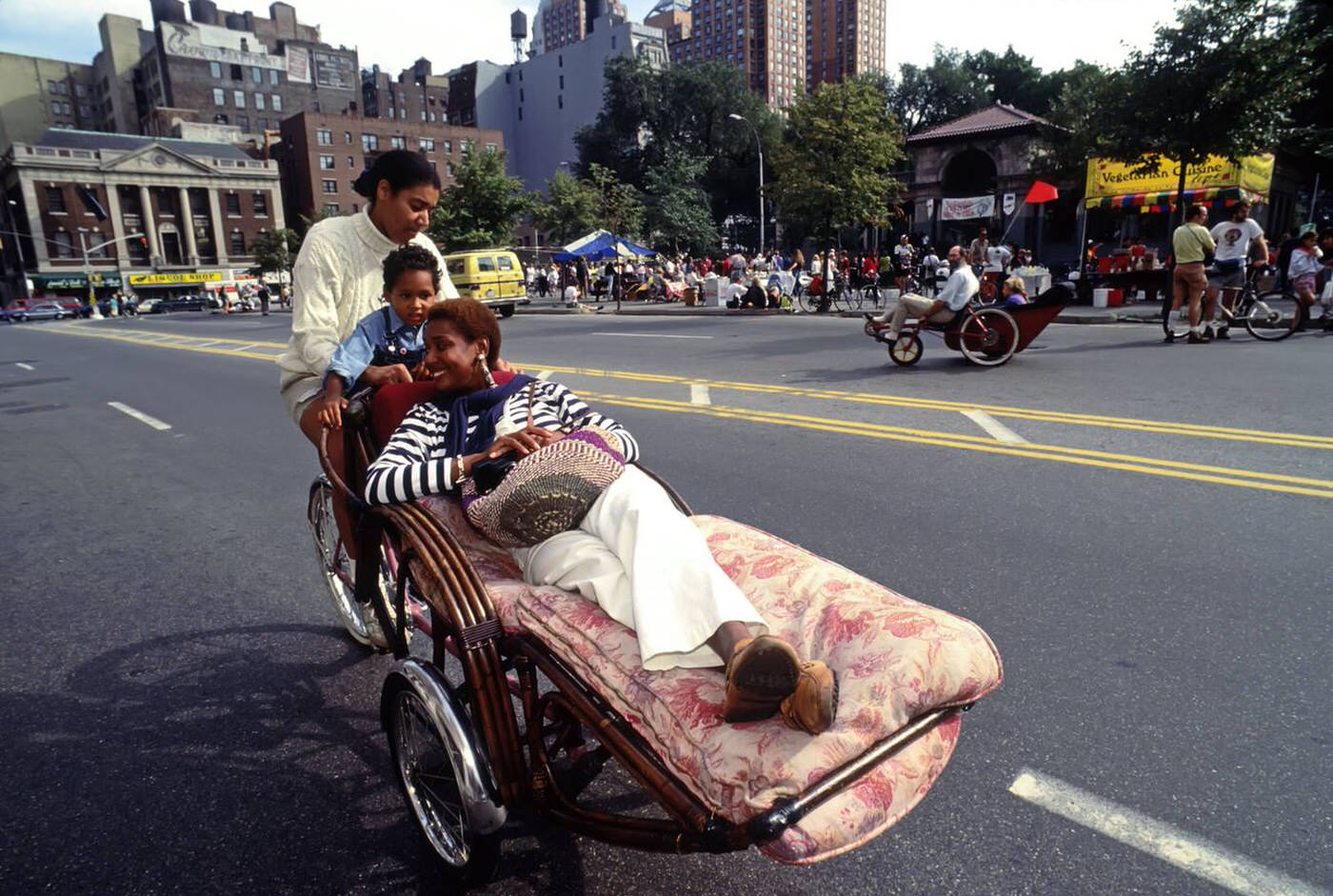
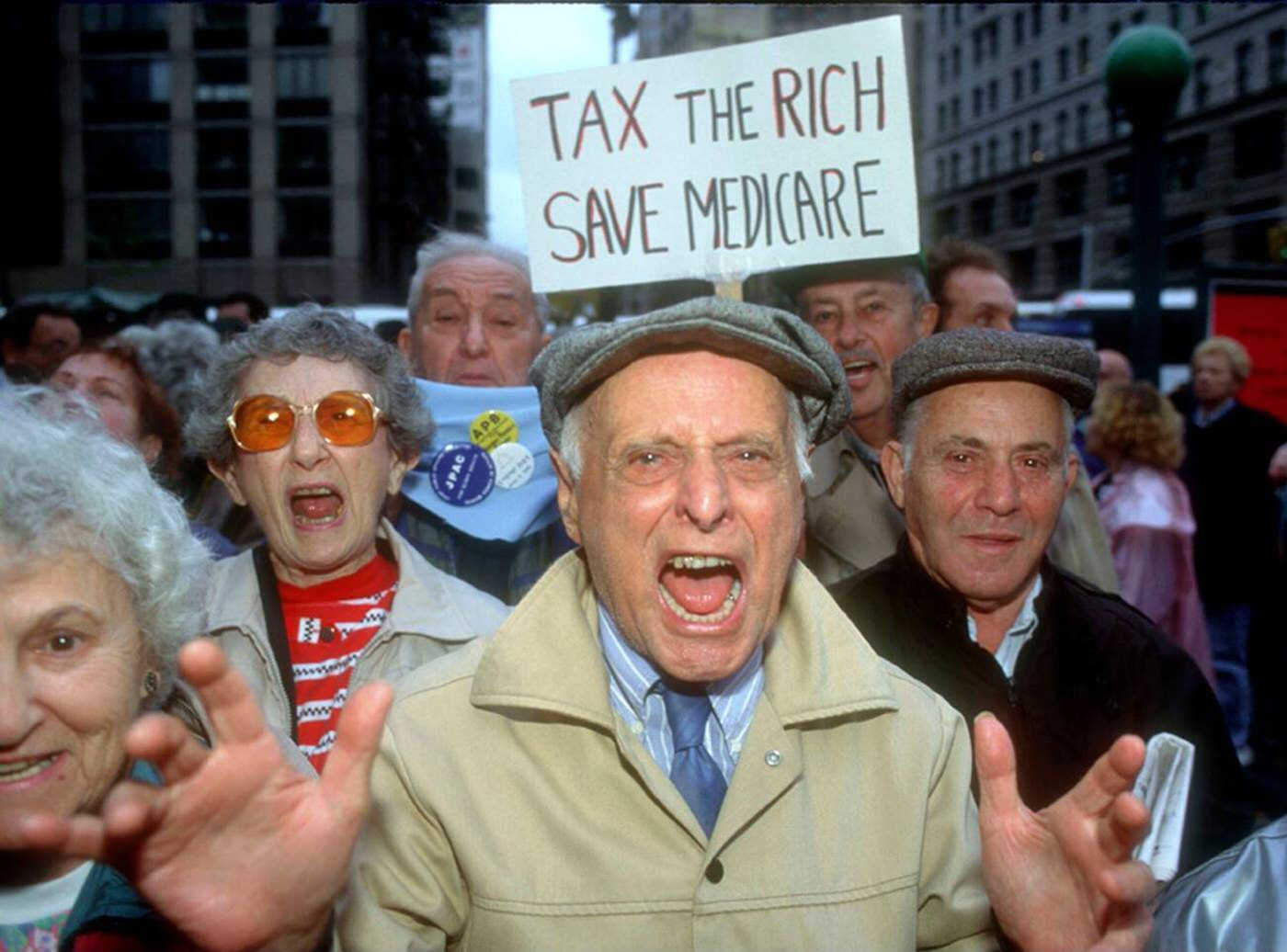



GIPHY App Key not set. Please check settings